
The Jackson House at 8 East Washington Street in Lexington, just one block west of the Lexington VisitorCenter, reveals the pre-Civil War home life of Thomas J. Jackson, who would become internationally famous as Confederate General “Stonewall” Jackson. The 200-year-old home tells the story of newlyweds Thomas and Mary Anna Jackson and six enslaved persons on the eve of the Civil War. Explore the exhibit galley with artifacts illustrating the life of Thomas as a private citizen, professor at the Virginia Military Institute, family man, church member, and community leader during his decade in Lexington.
An exciting new self-guided video-based tour allows visitors to explore the house and gardens at their own pace. Interpreters stand ready to engage in deeper discussions about life in Lexington in the 1850s. The house, which is one of three museums operated by the Virginia Military Institute, was restored in 1979 to its appearance when T. J. Jackson, his second wife, Mary Anna Morrison Jackson, and six enslaved persons lived here immediately before the American Civil War. More recent renovations included the installation of reproduction wallpapers and finishes. The house is furnished with many of Jackson's own possessions and reflects the life of a middle-class family of modest means and simple tastes.
Jackson, who came to Lexington in 1851 to teach natural and experimental philosophy and artillery tactics at VMI, very much wanted his own home. He wrote a friend that "I shall never be content until I am the head of an establishment in which my friends can feel at home in Lexington." Jackson indulged himself in the only home he ever owned, and despite his stern public dignity, at home he could be quite playful. Mary Anna said, "He would often hide himself behind a door at the sound of the approaching footstep of his wife, and spring out to greet her with a startling caress." He took great pleasure in tending the garden behind his home. In 1860, he wrote to Anna, who was away from home, about growing a wide variety of fruits and vegetables, including lima beans, carrots, onions, cabbage, turnips, beets, potatoes, and "some inferior muskmelons." Anna's sister Laura, who visited with the Jacksons in their Lexington home, later recalled, "I shall never forget the magnificent giant celery he grew, which he exhibited with pride."
Visitors can stroll through the restored garden with fruit trees, heirloom vegetables, and flowers; explore the exhibit gallery featuring 60 artifacts from the Jackson family; or browse in the museum store, which specializes in books, prints, and gifts inspired by 19th- century styles. Admission fees and sales in the museum store help support the educational programs and operations of the museum, which receives no state funding.
Admission is $10.00 for adults and $7.00 for youth under 18. . Children under six are admitted free of charge. Residents of Buena Vista, Lexington, and Rockbridge County receive free admission. Group rates are available with advance reservations. For more information, go to: https://www.vmi.edu/museums-and-archives/jackson-house-museum/




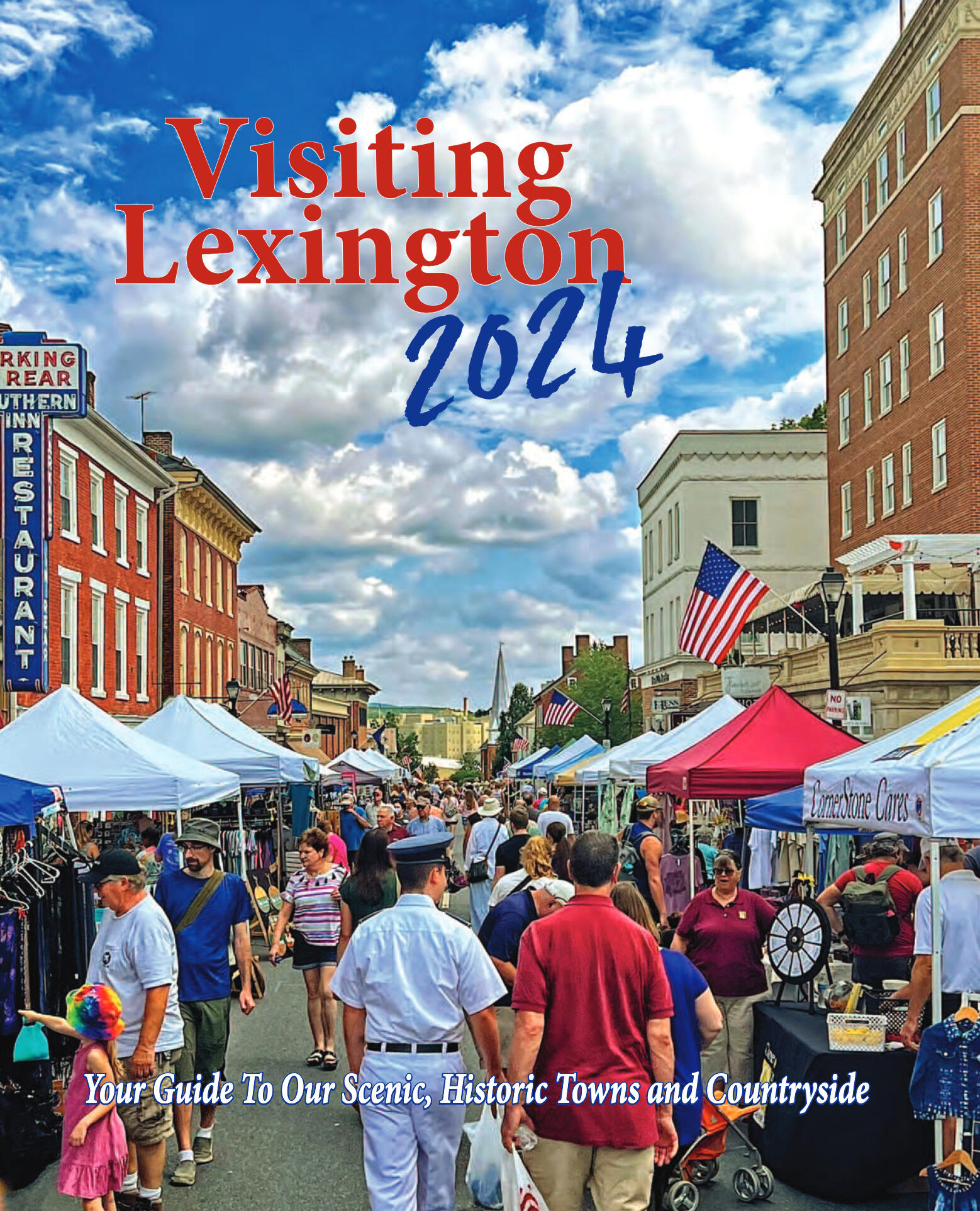
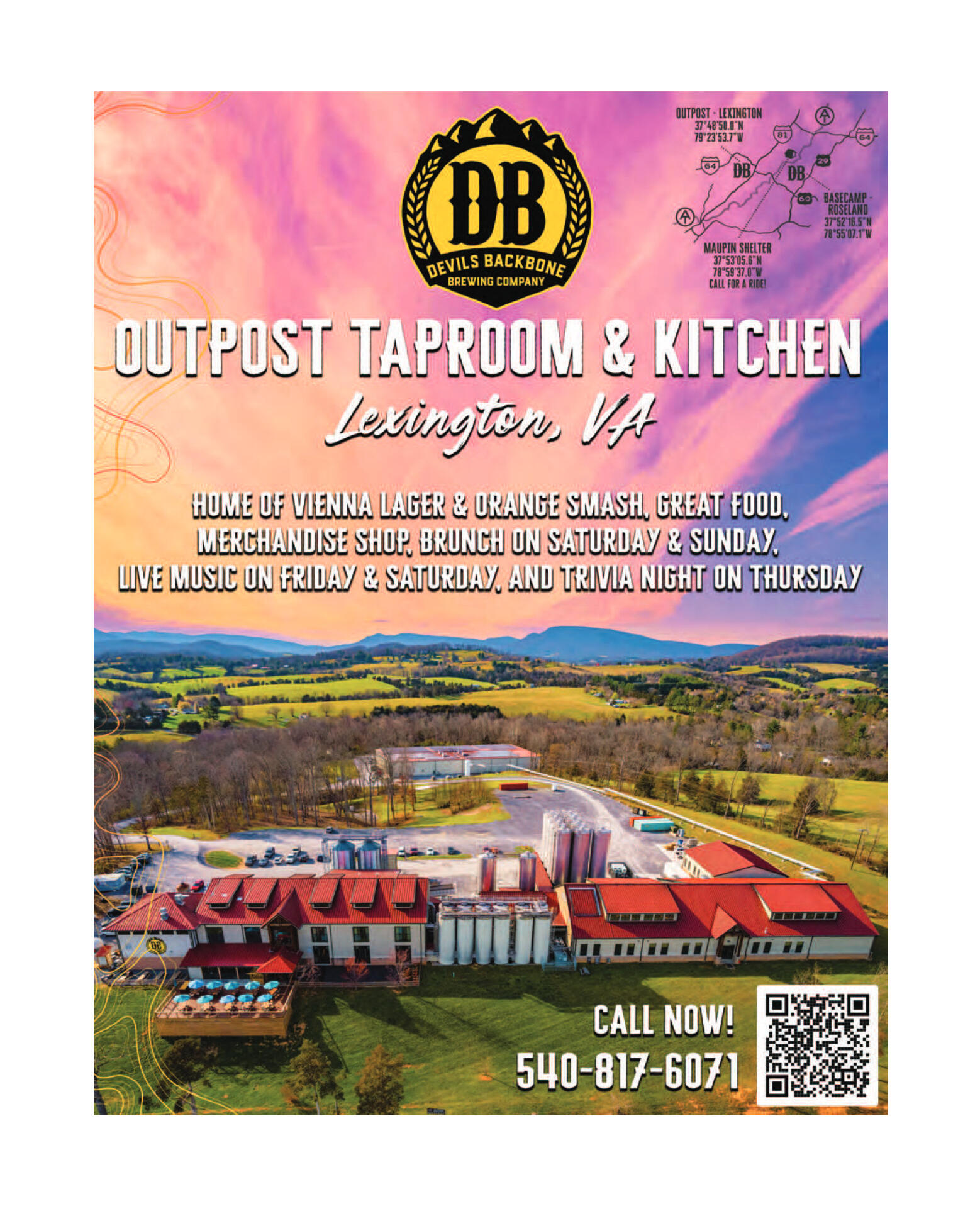
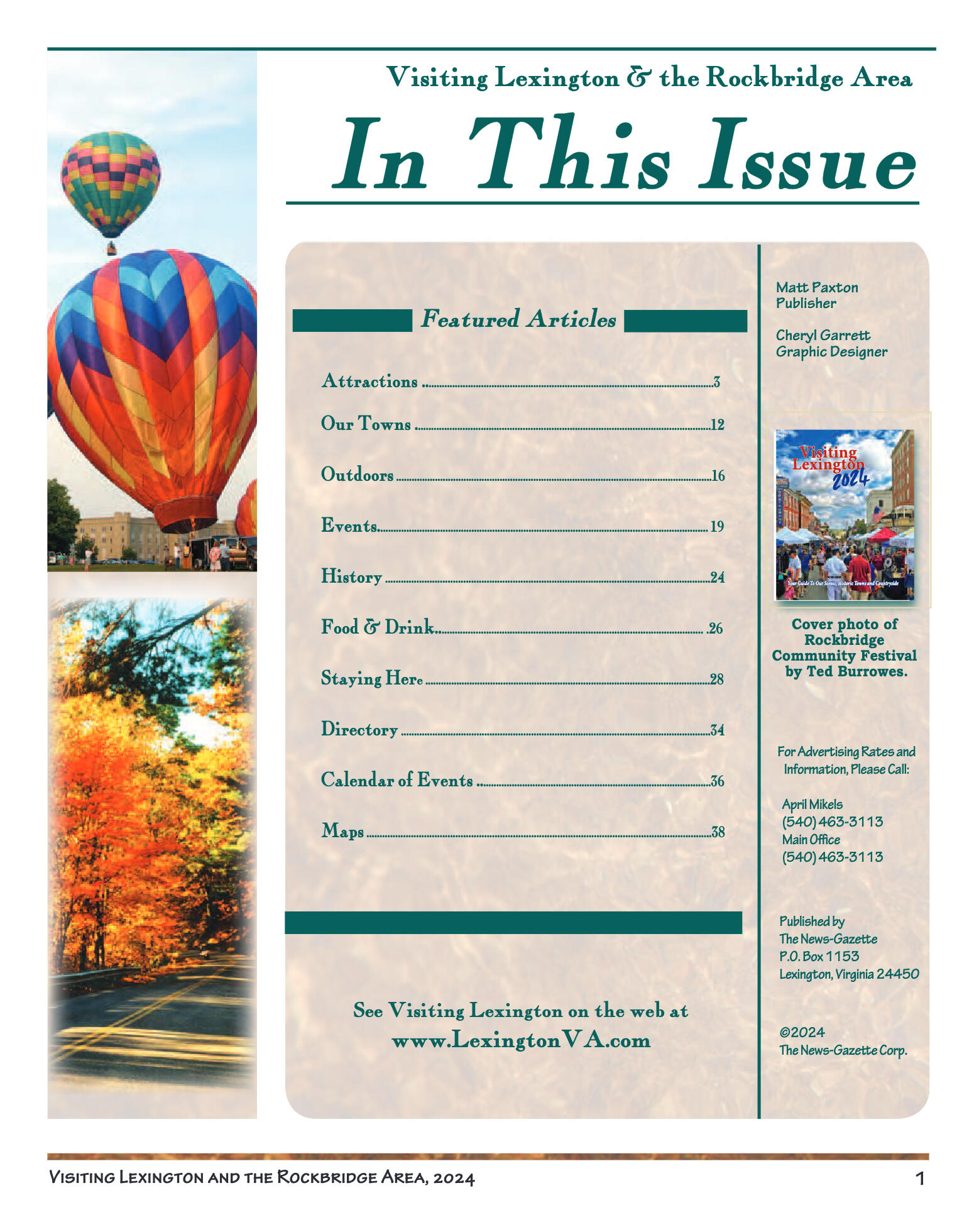
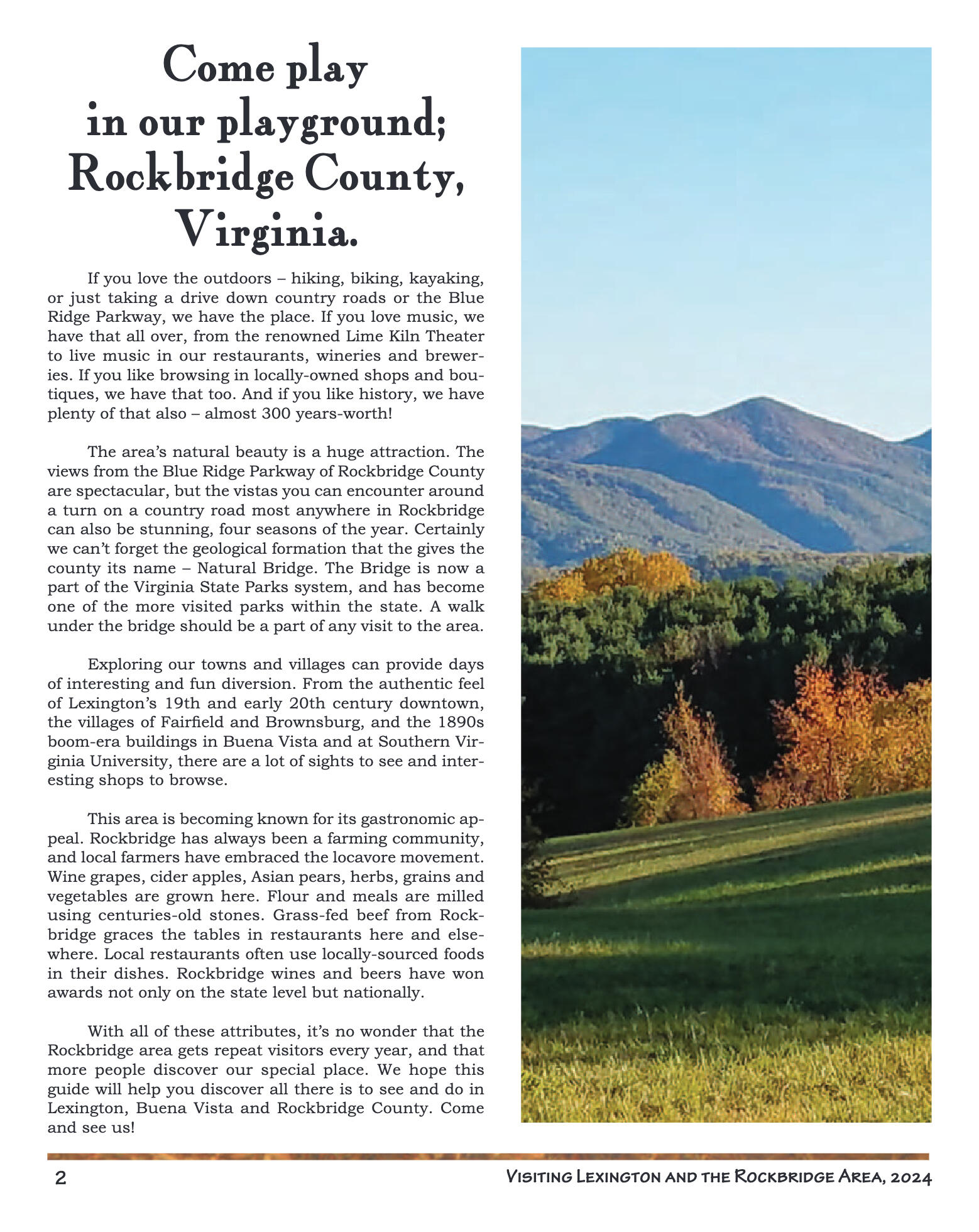
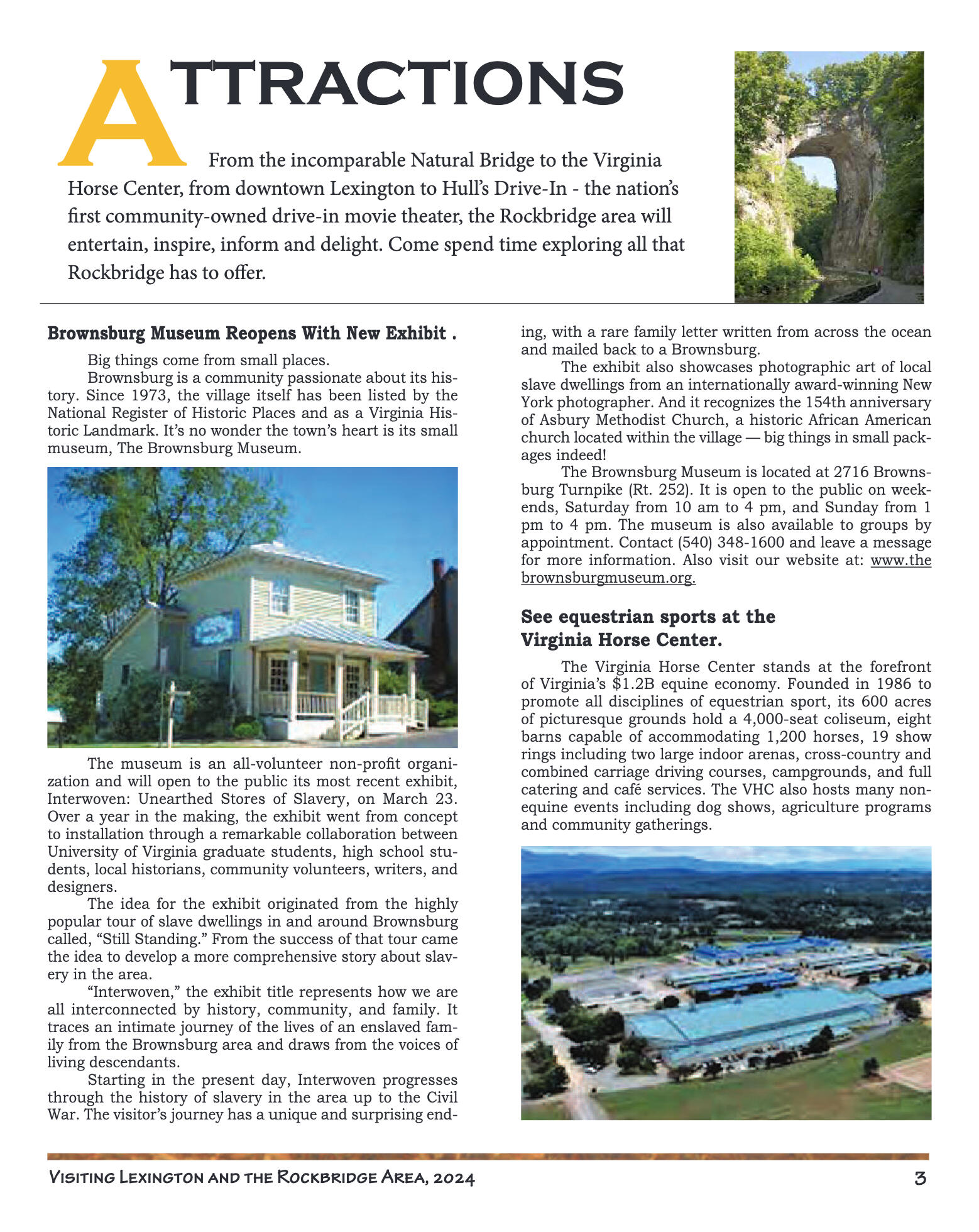
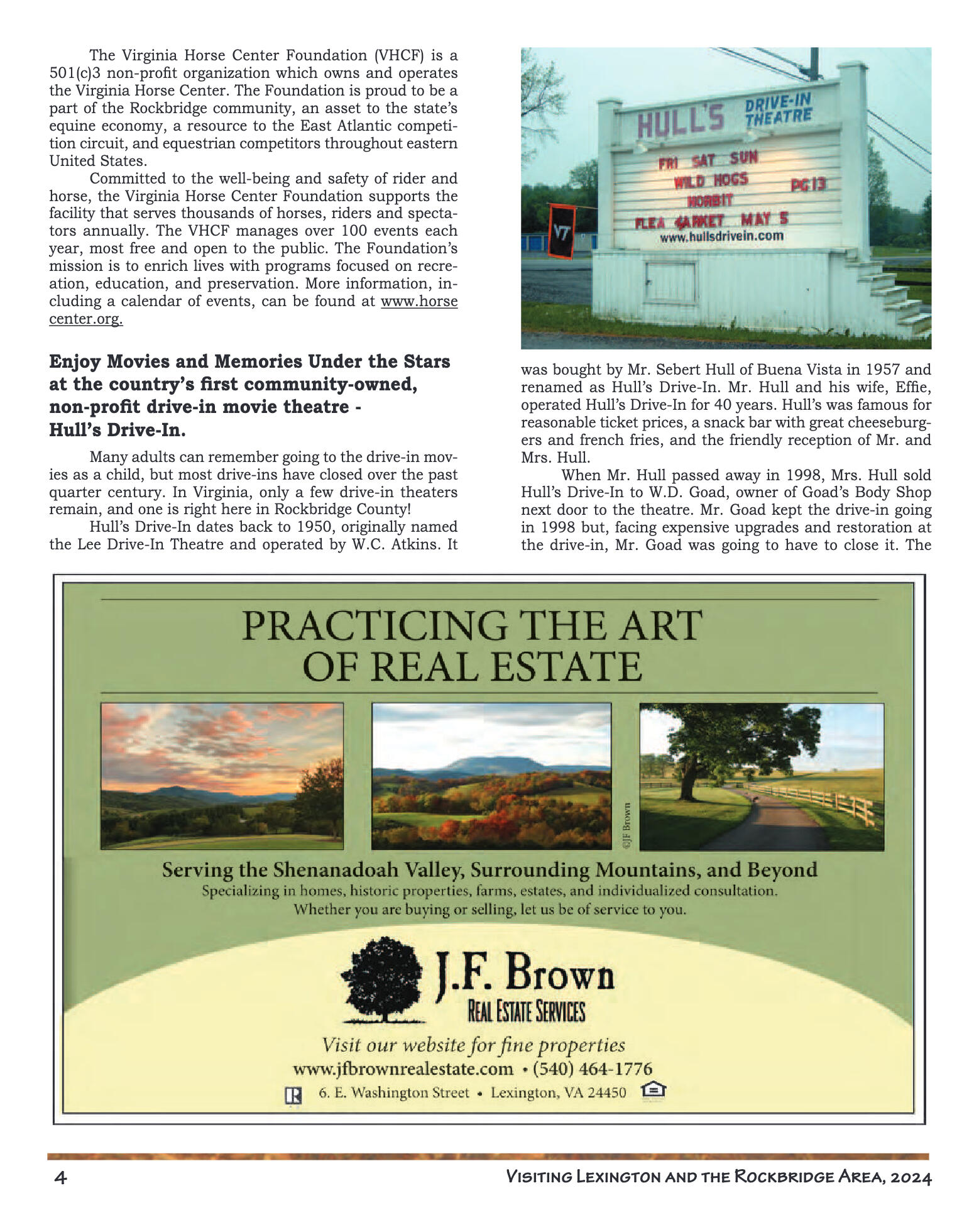
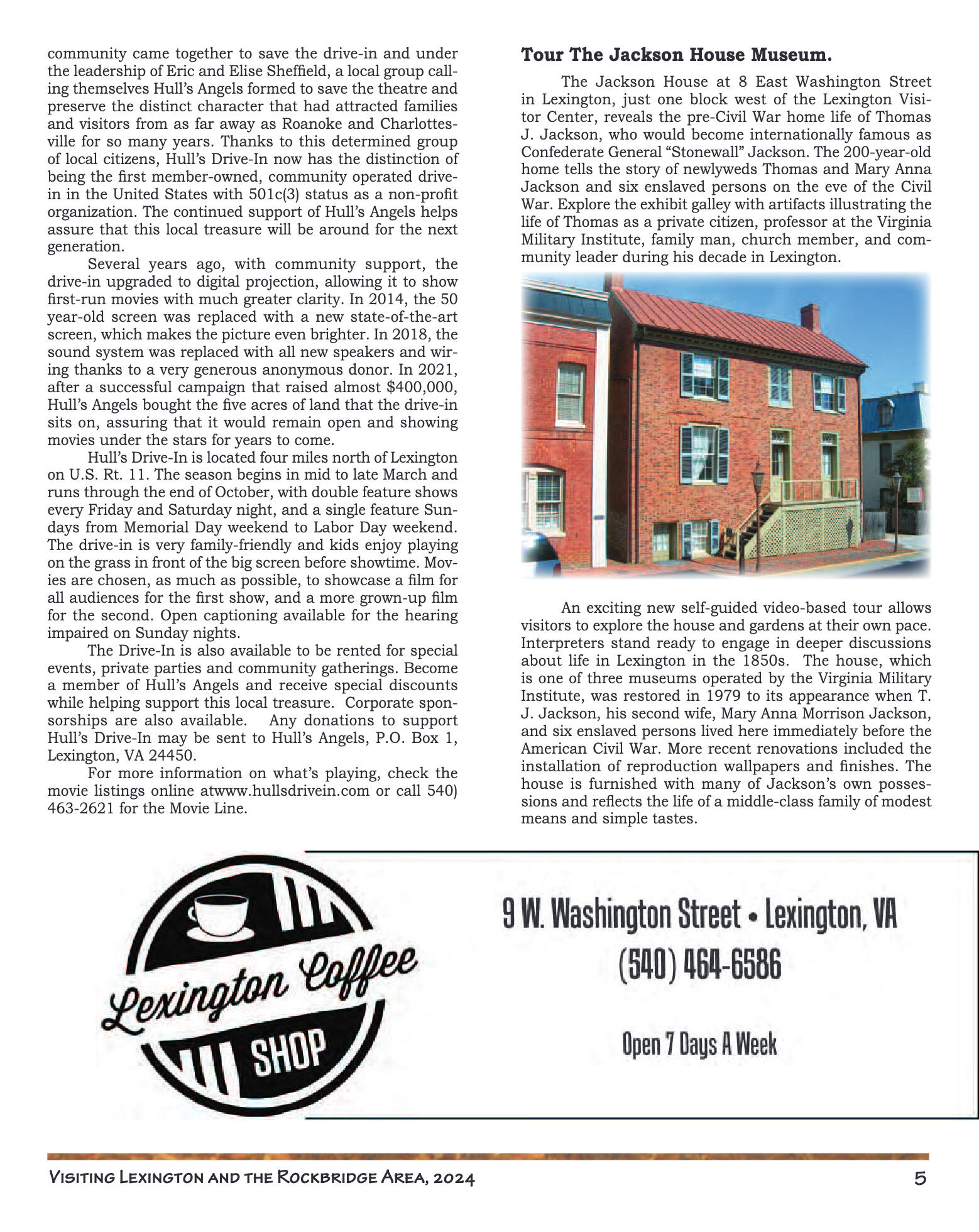
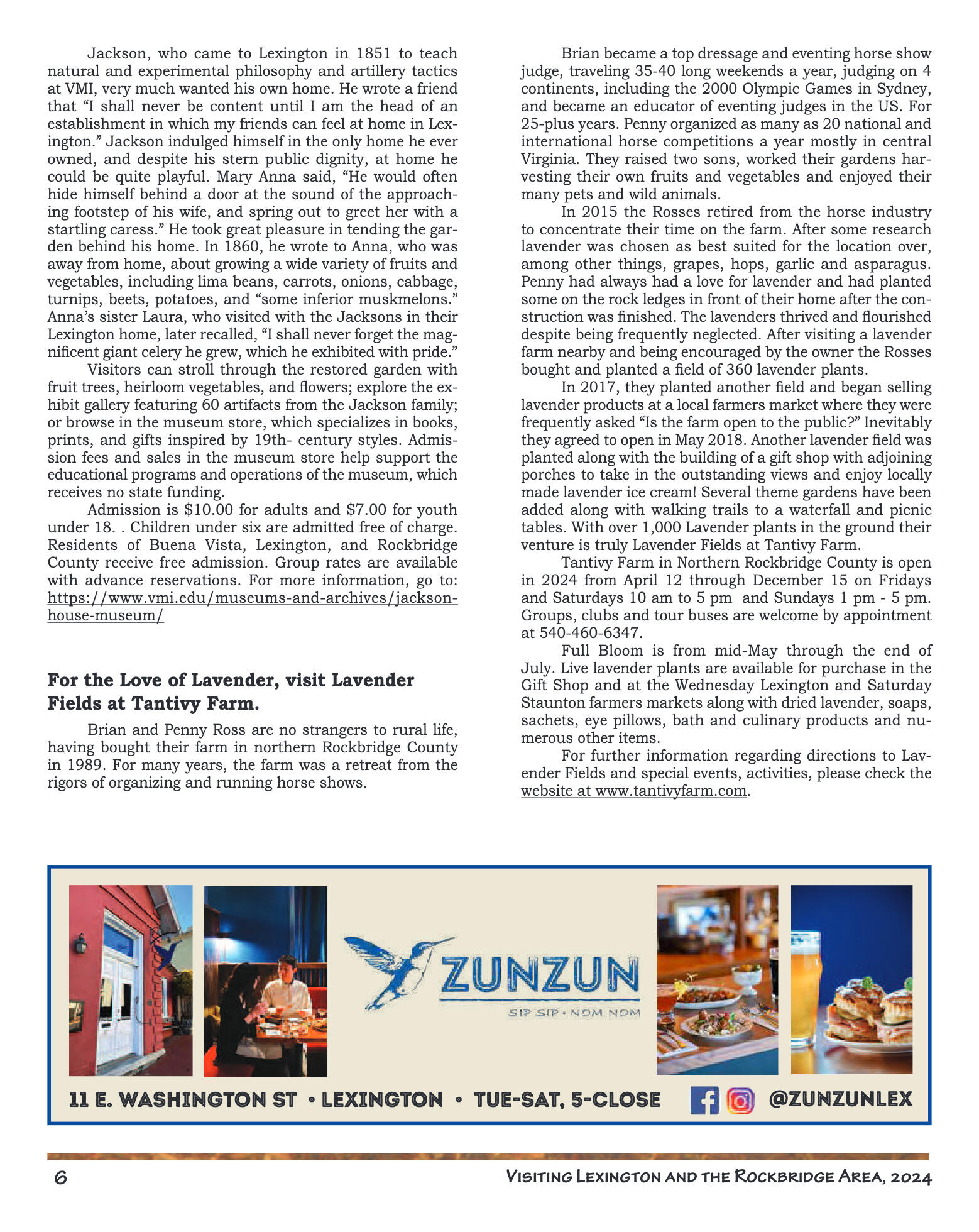
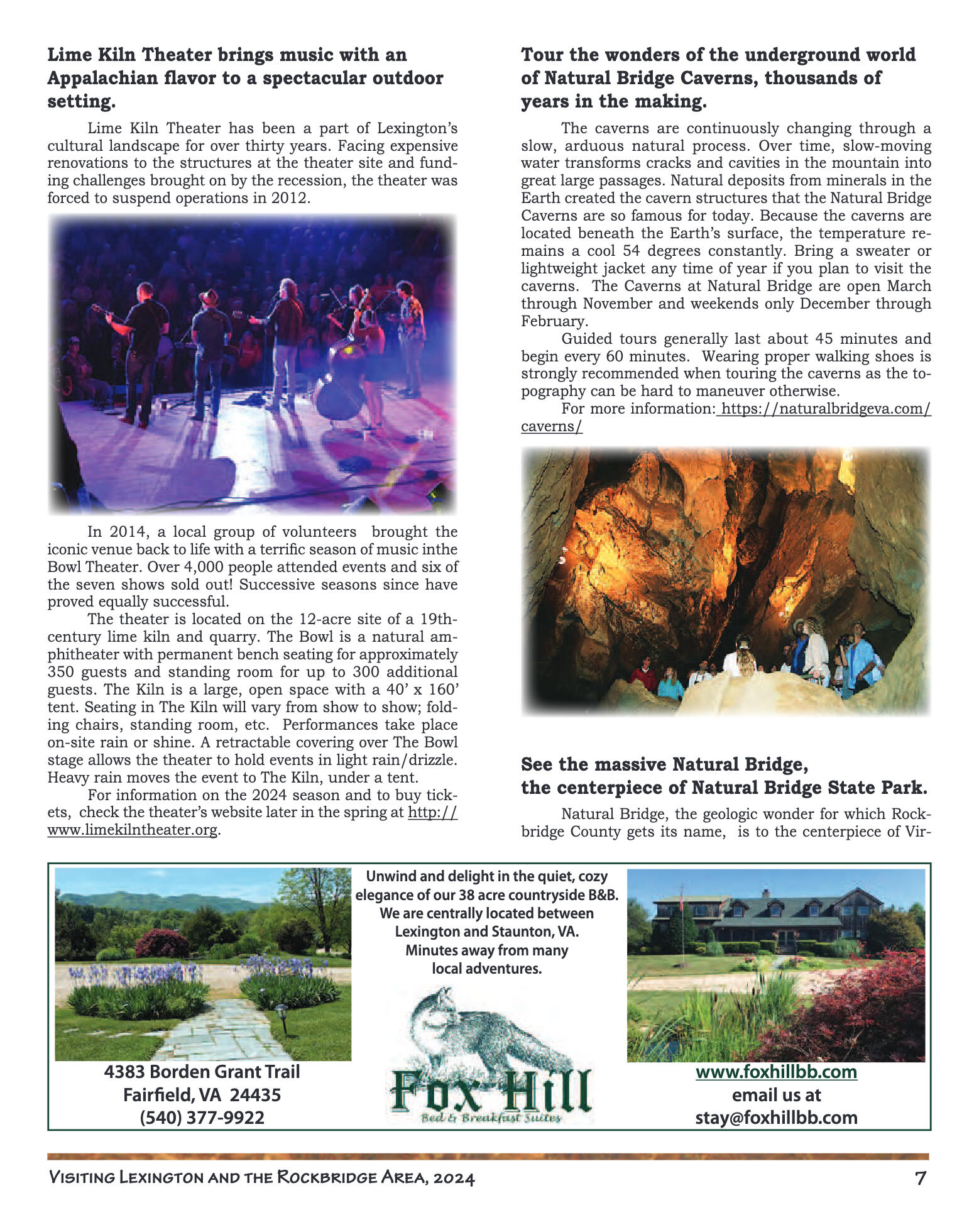
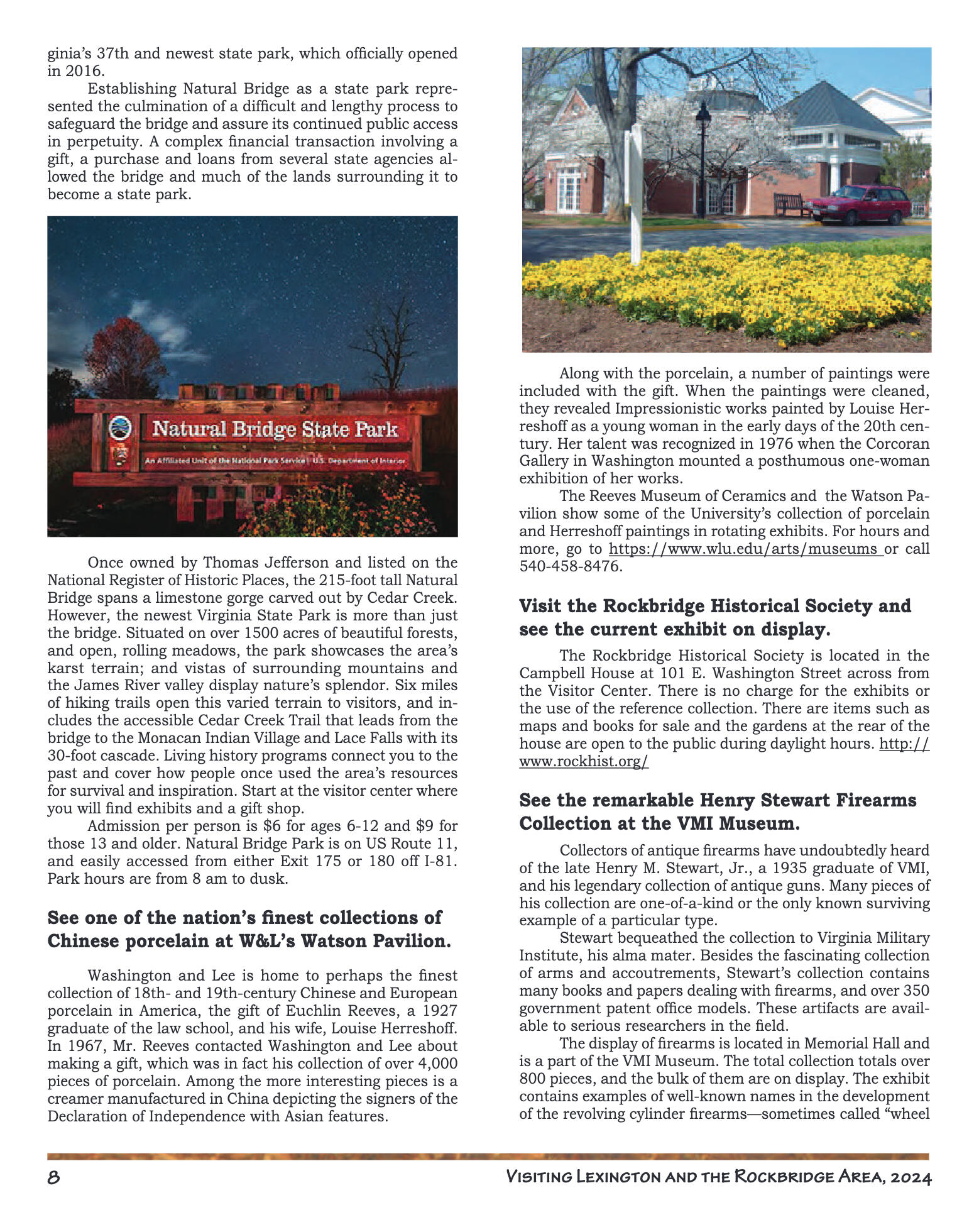
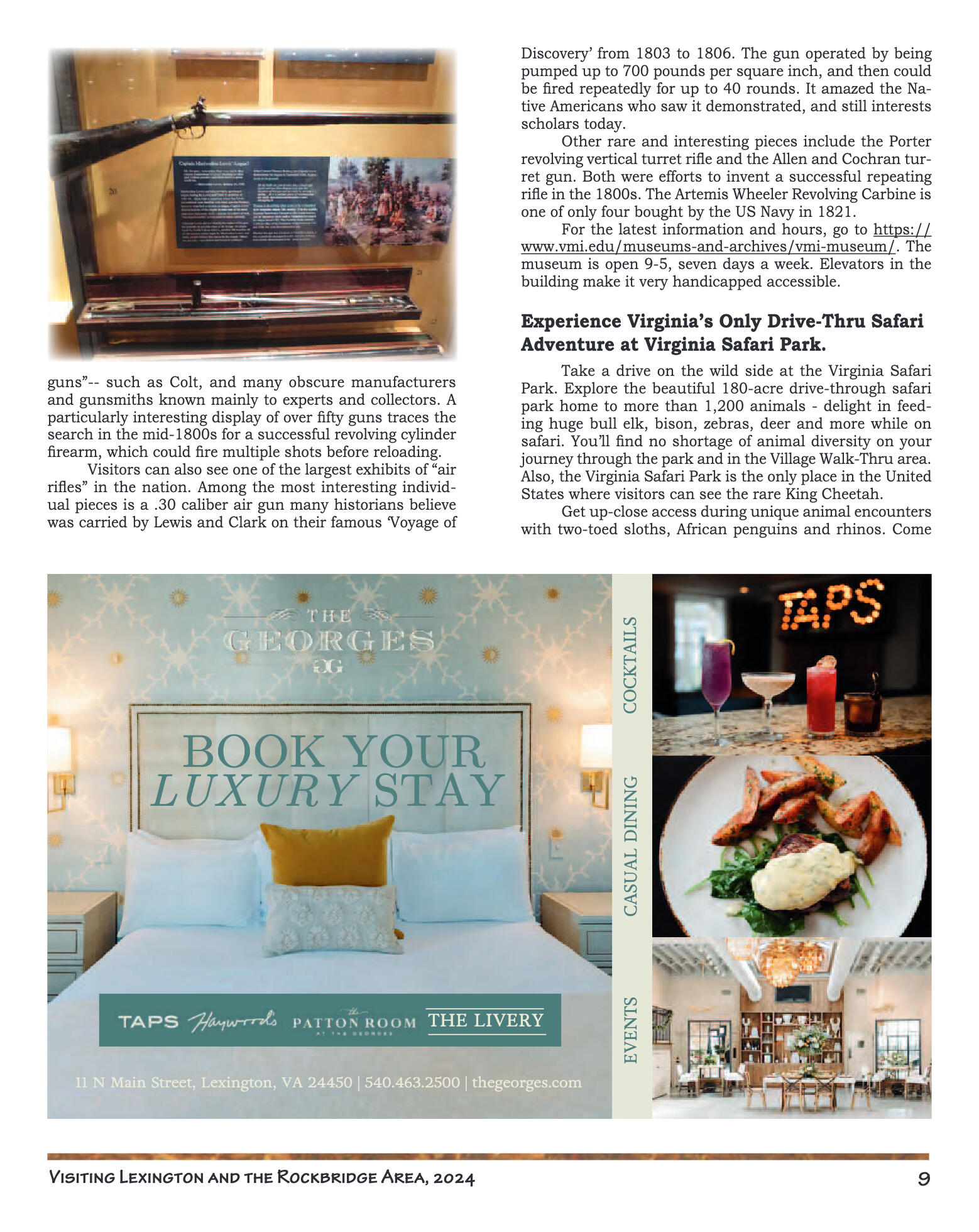
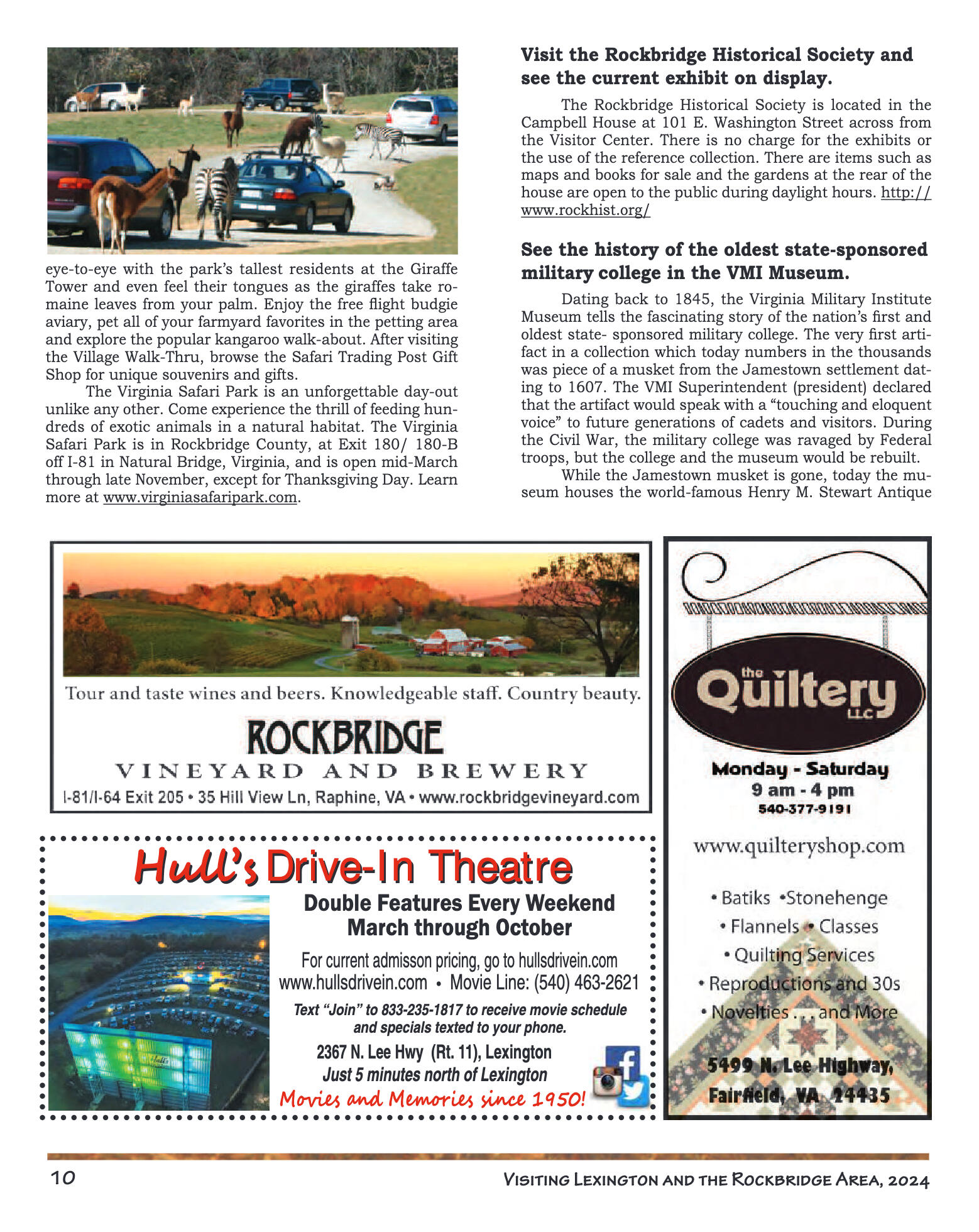
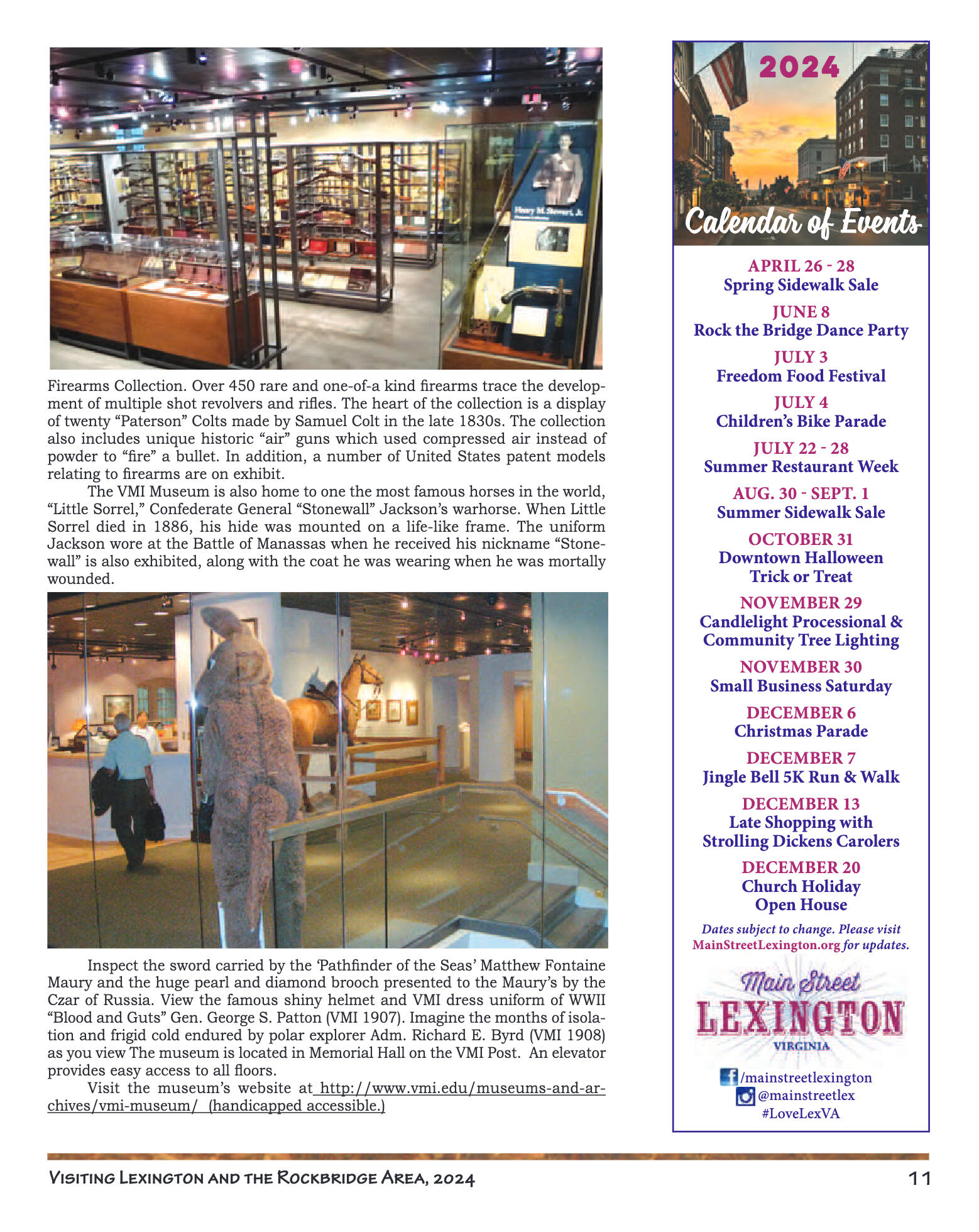
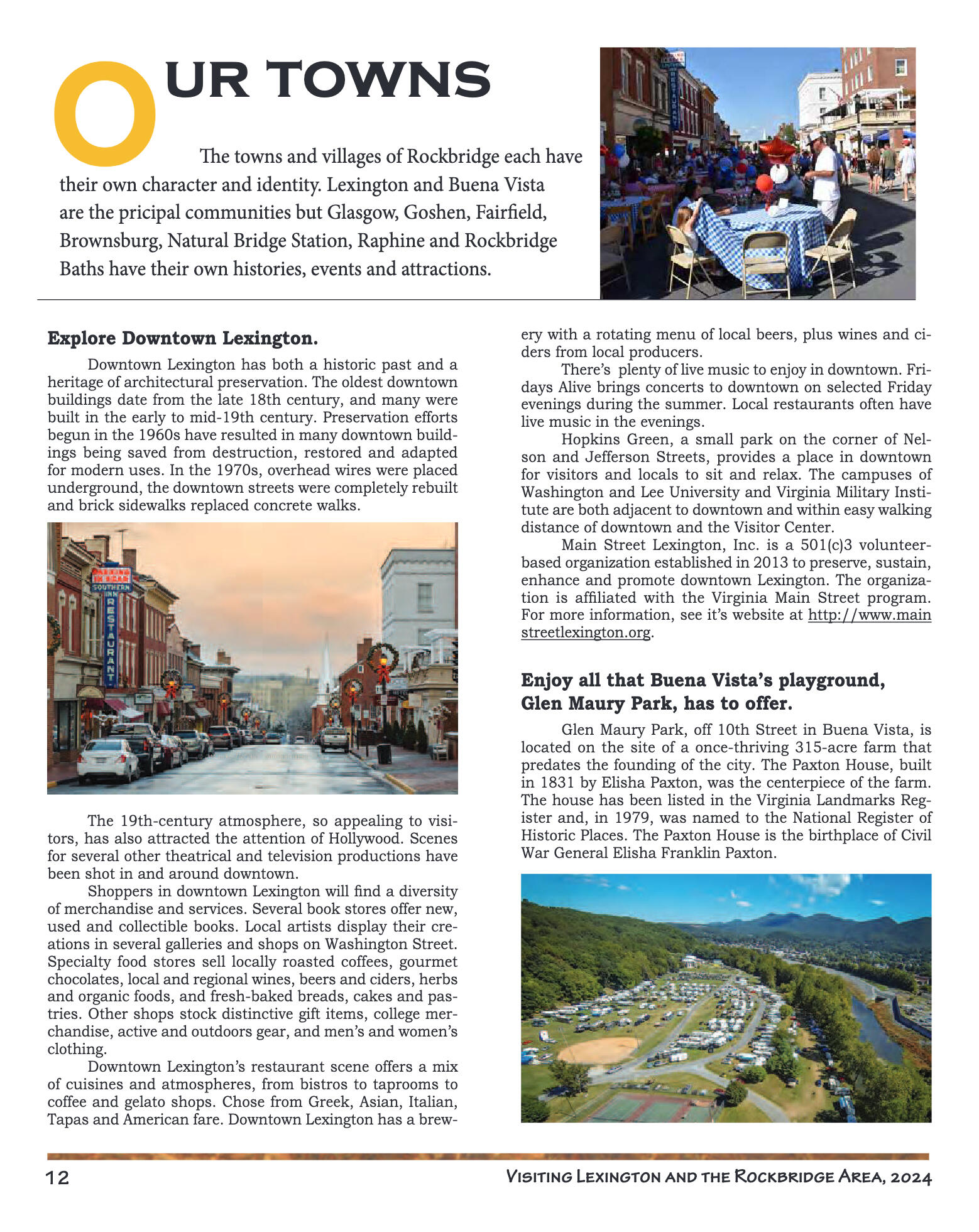
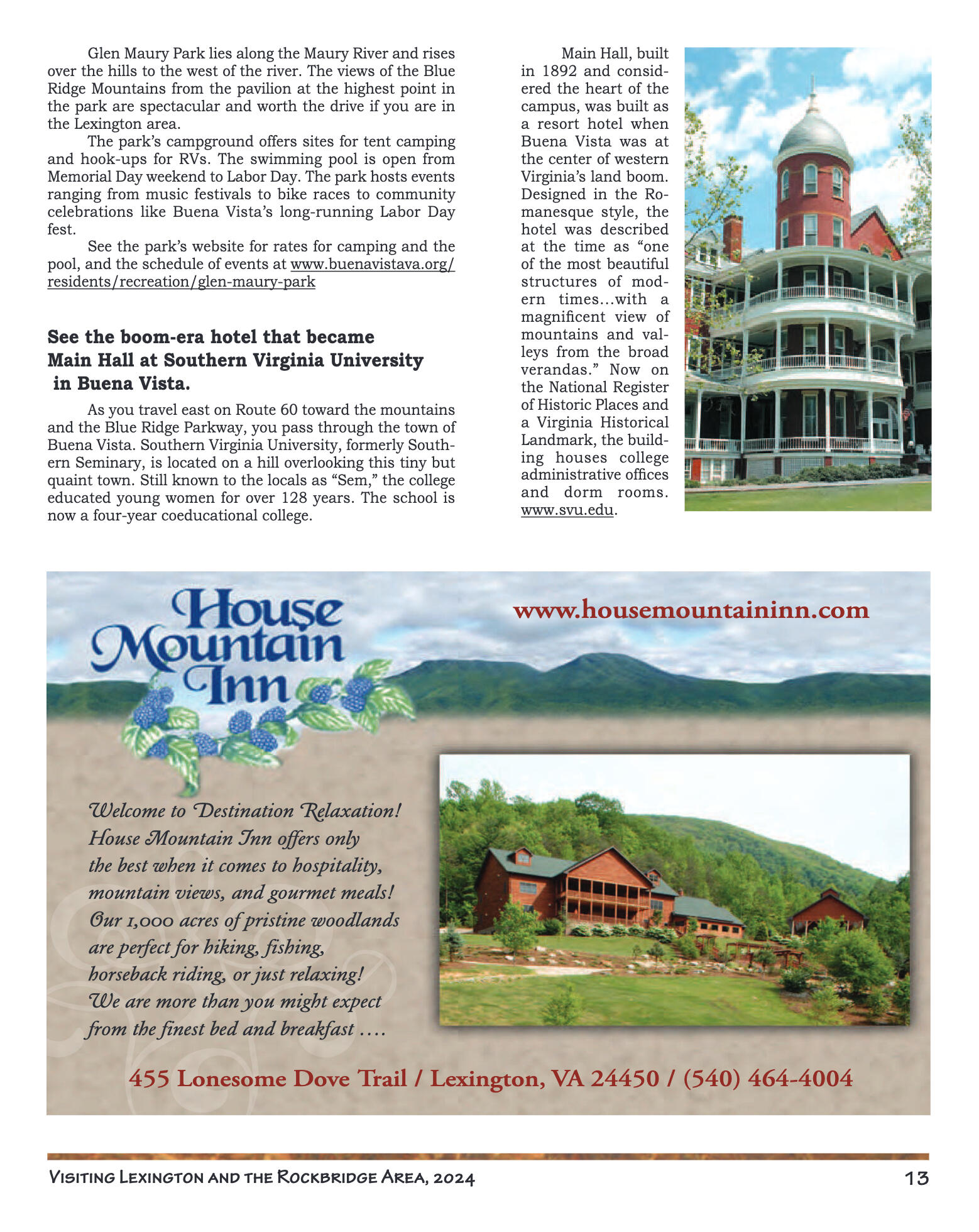
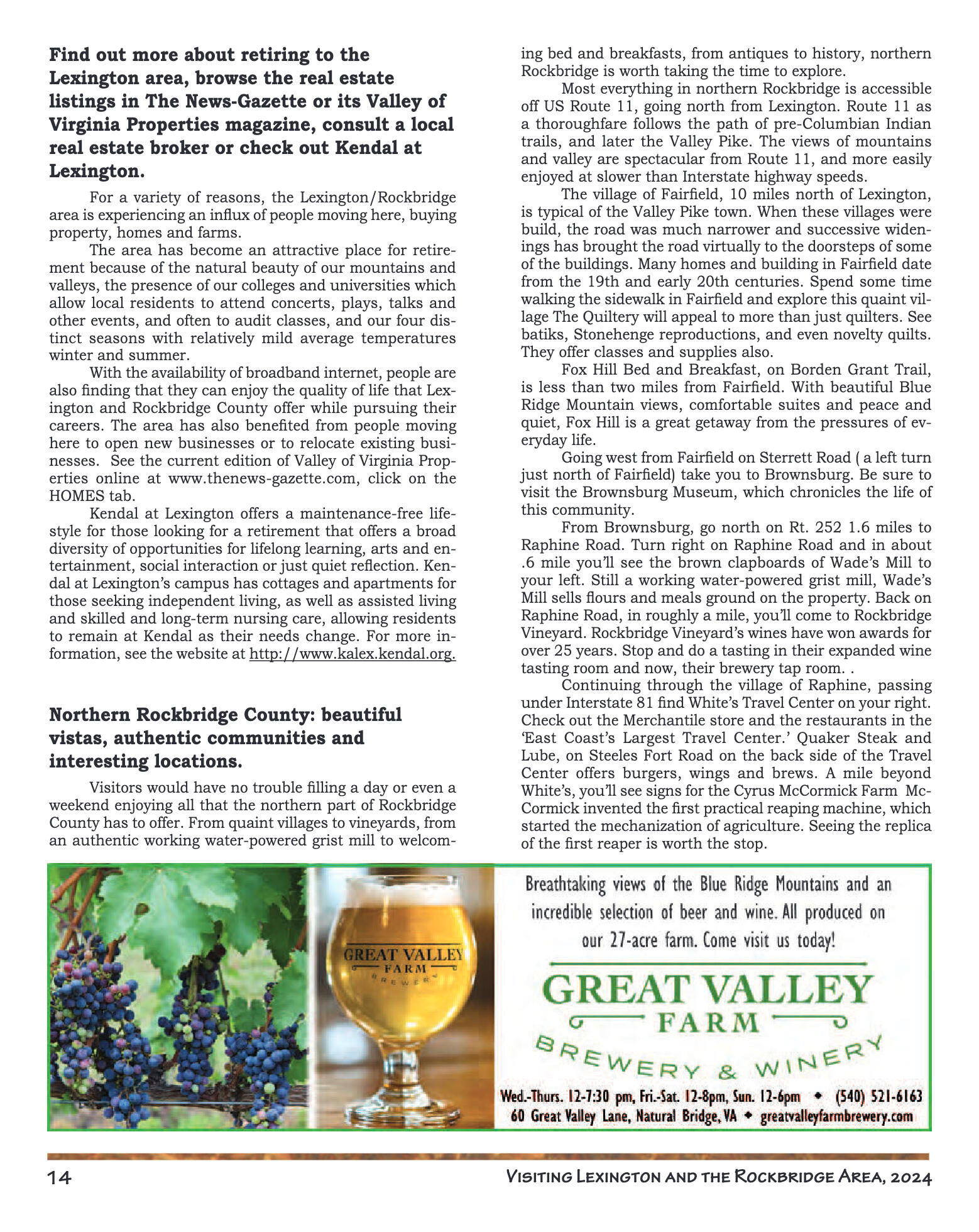
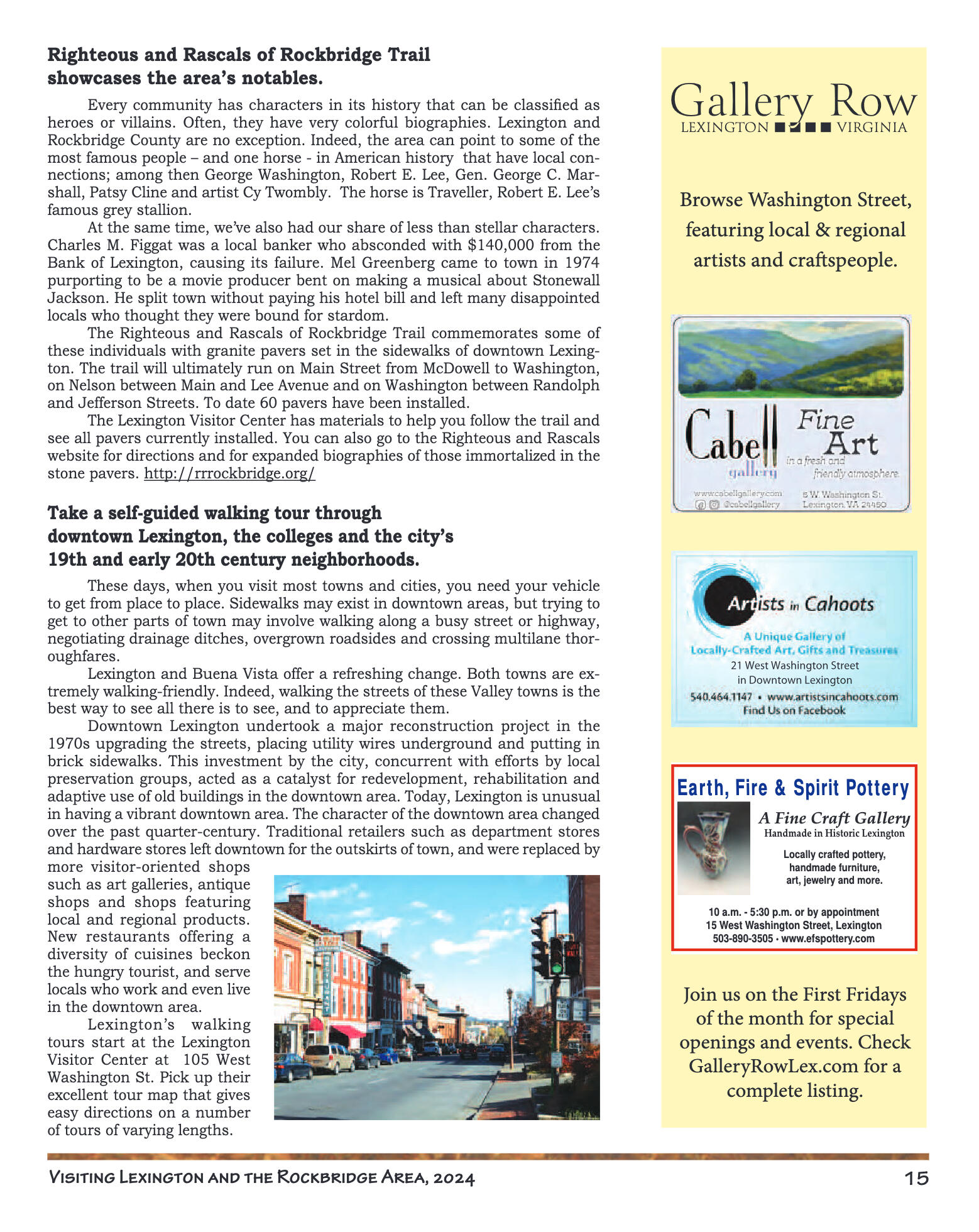
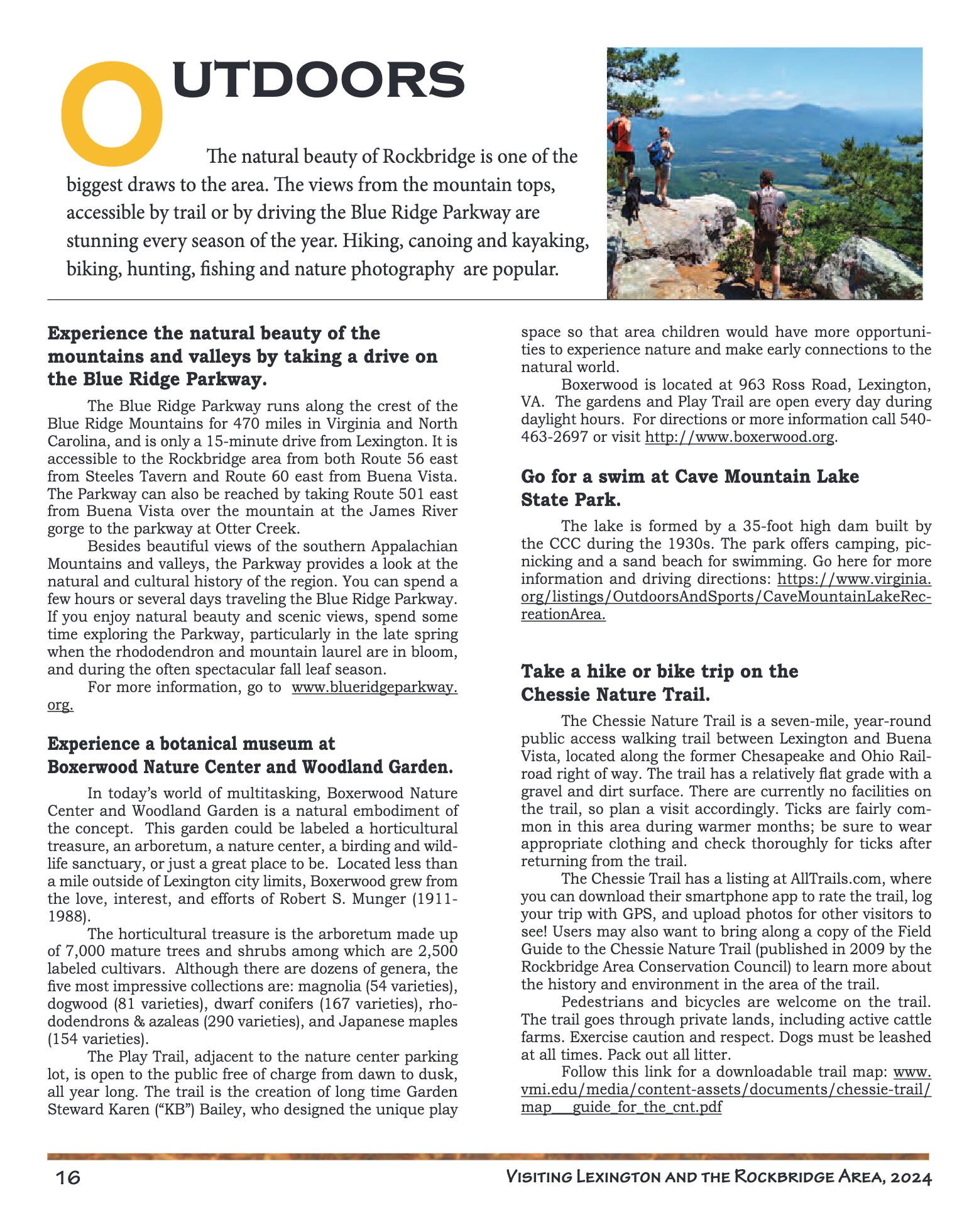
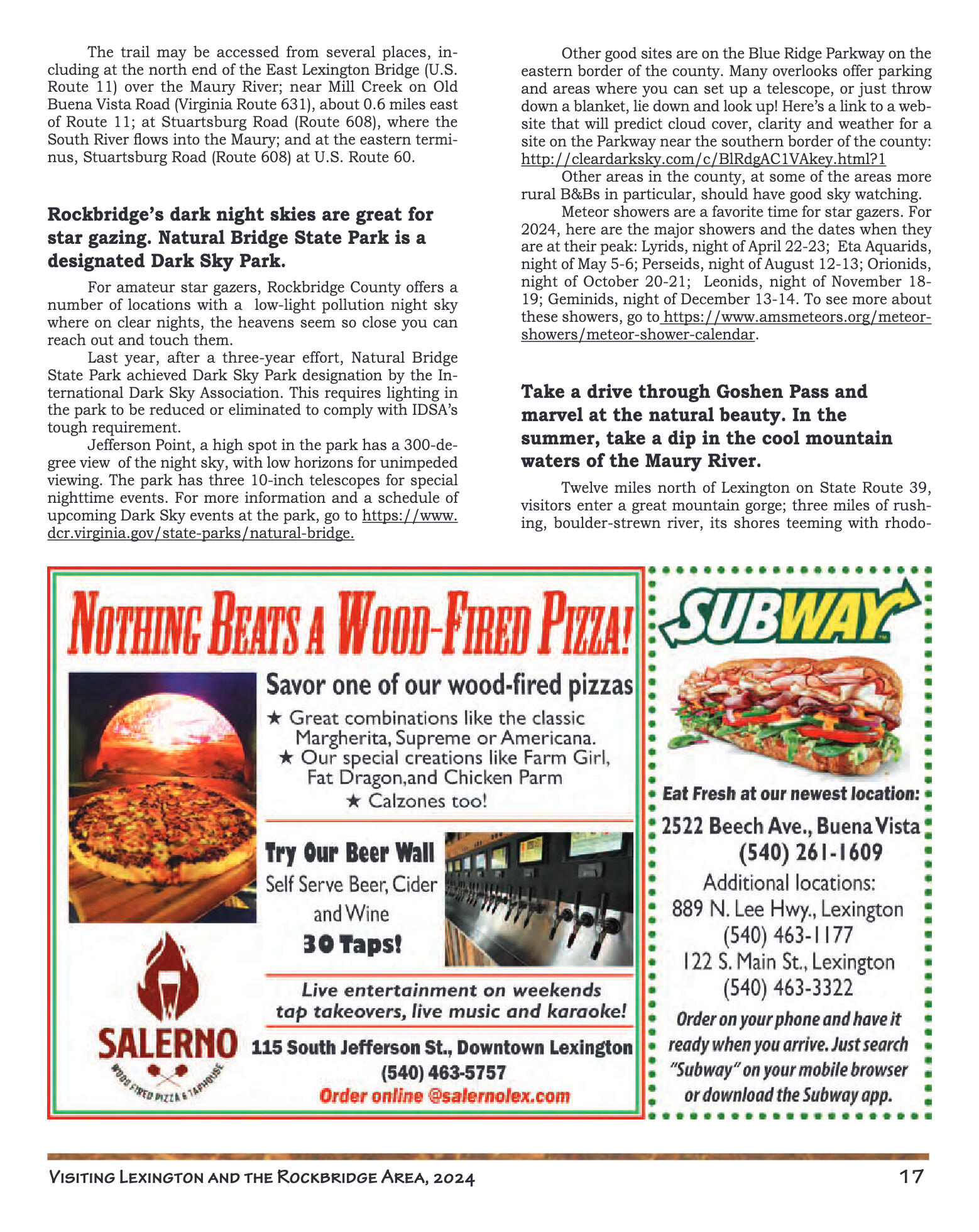
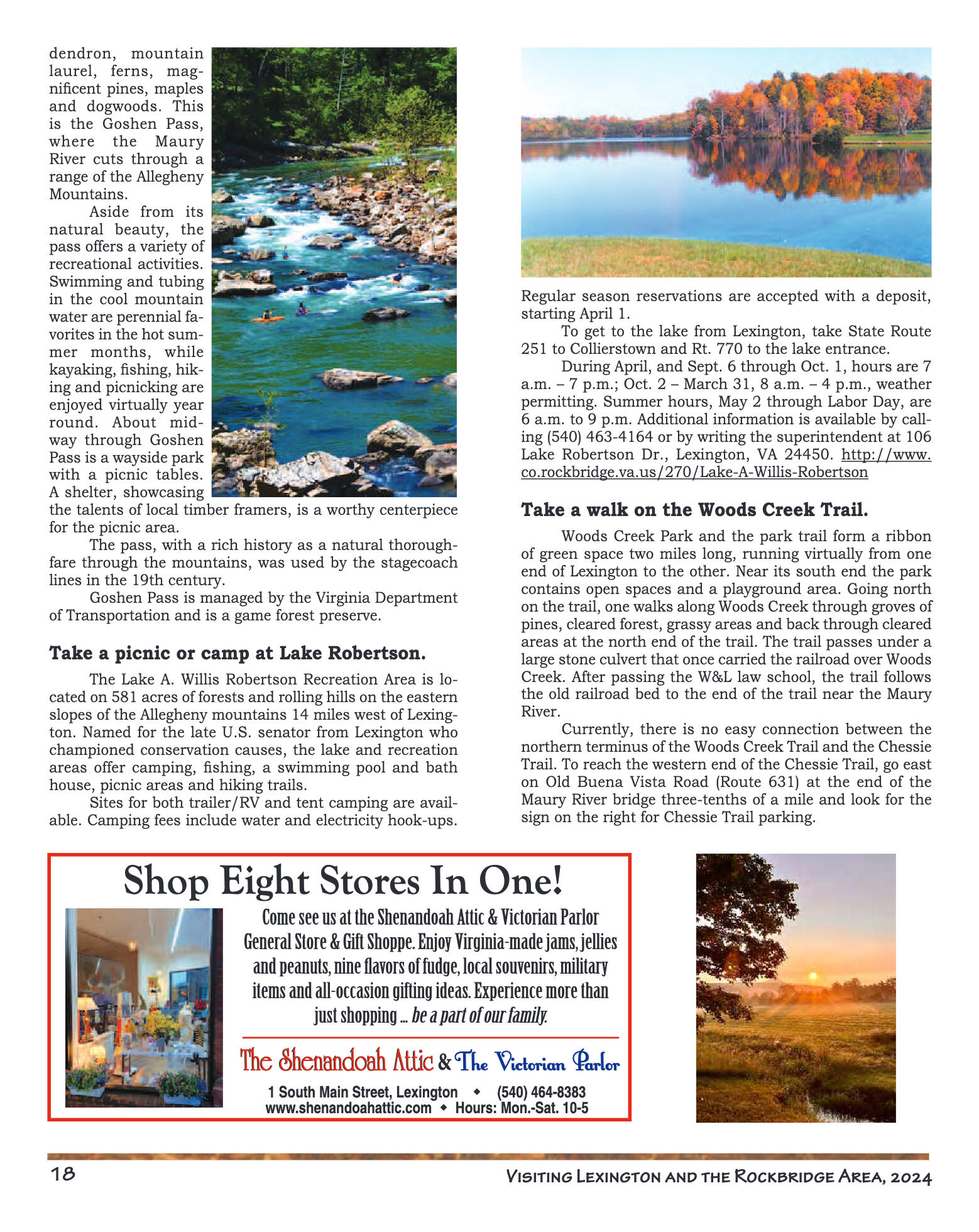
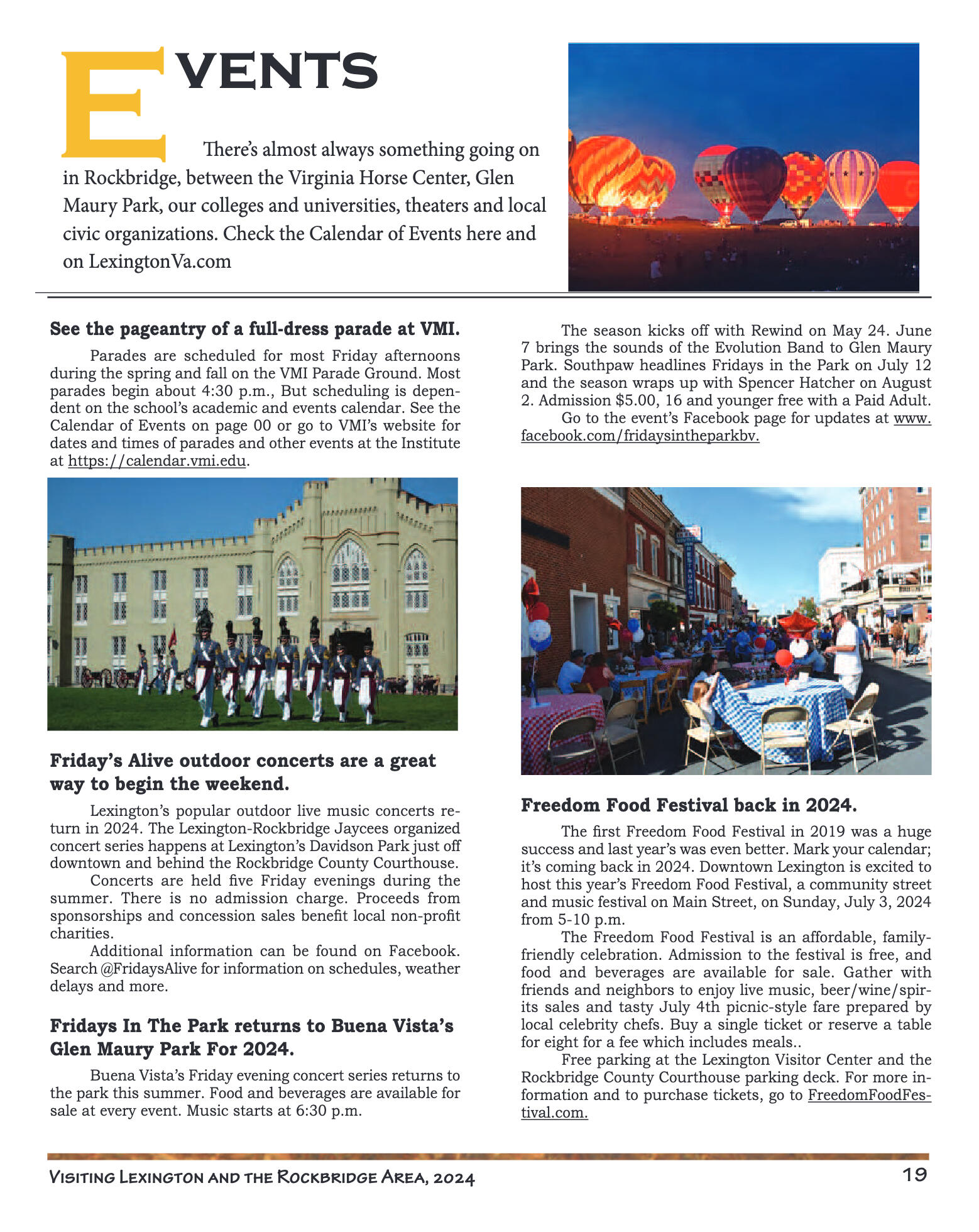

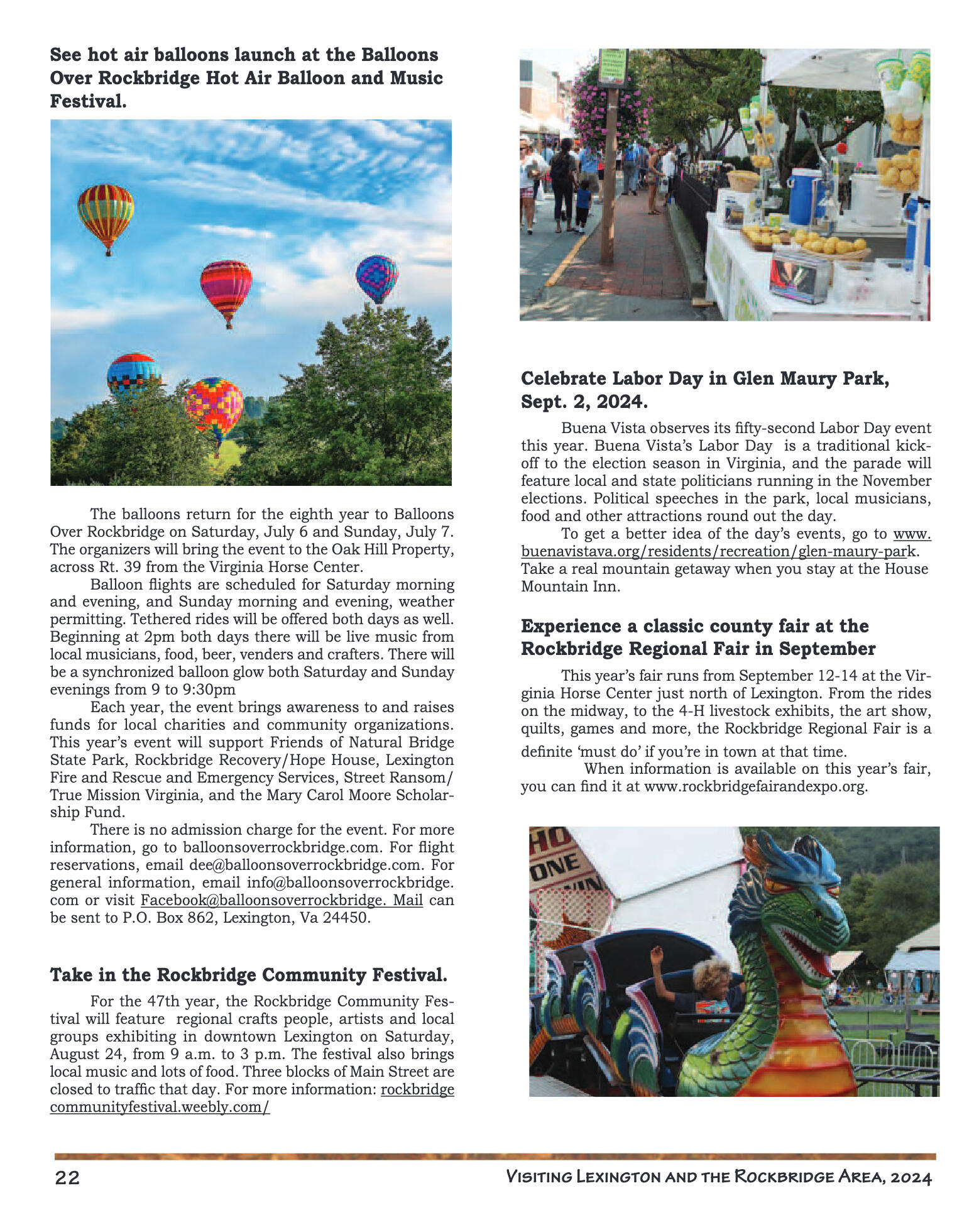
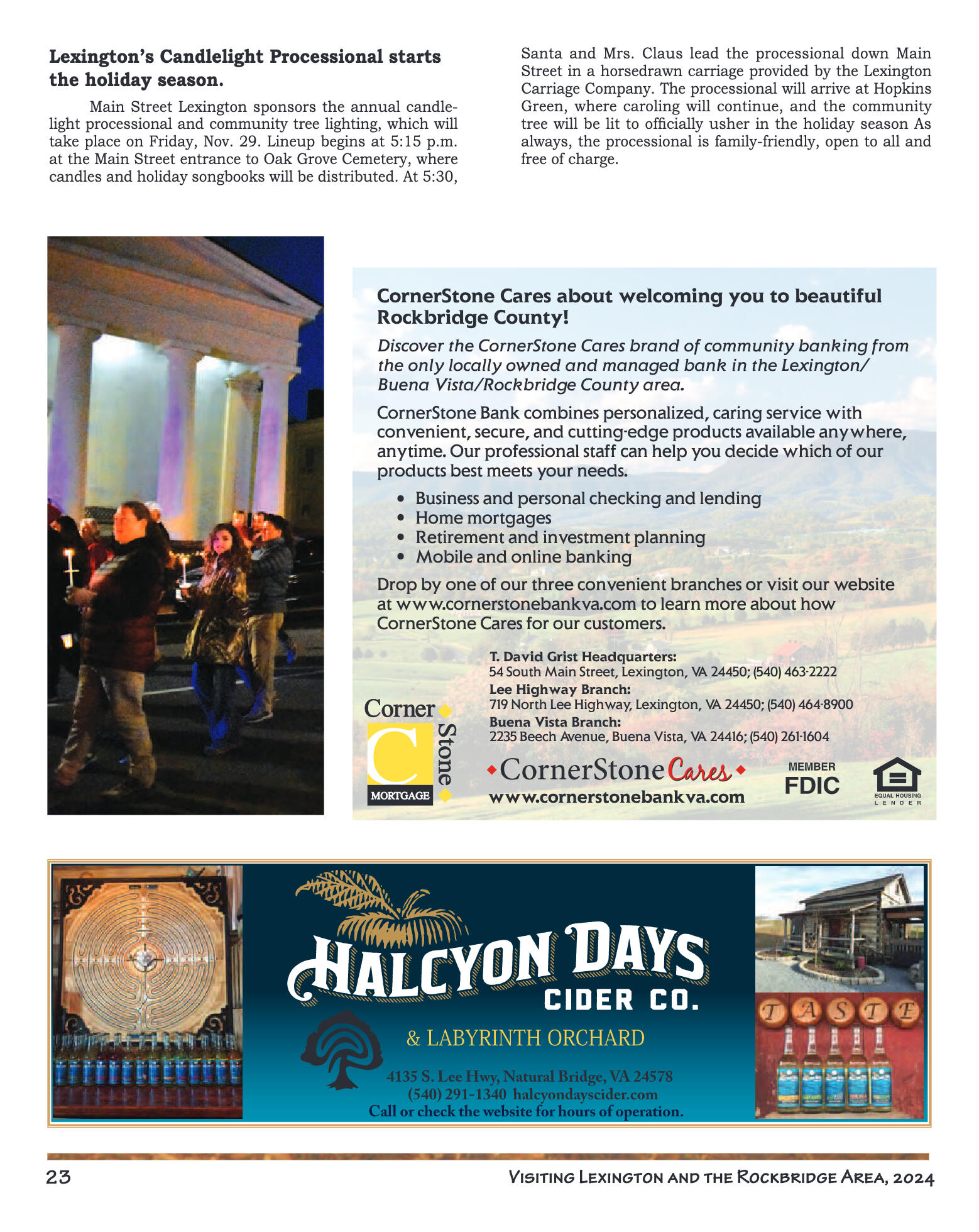
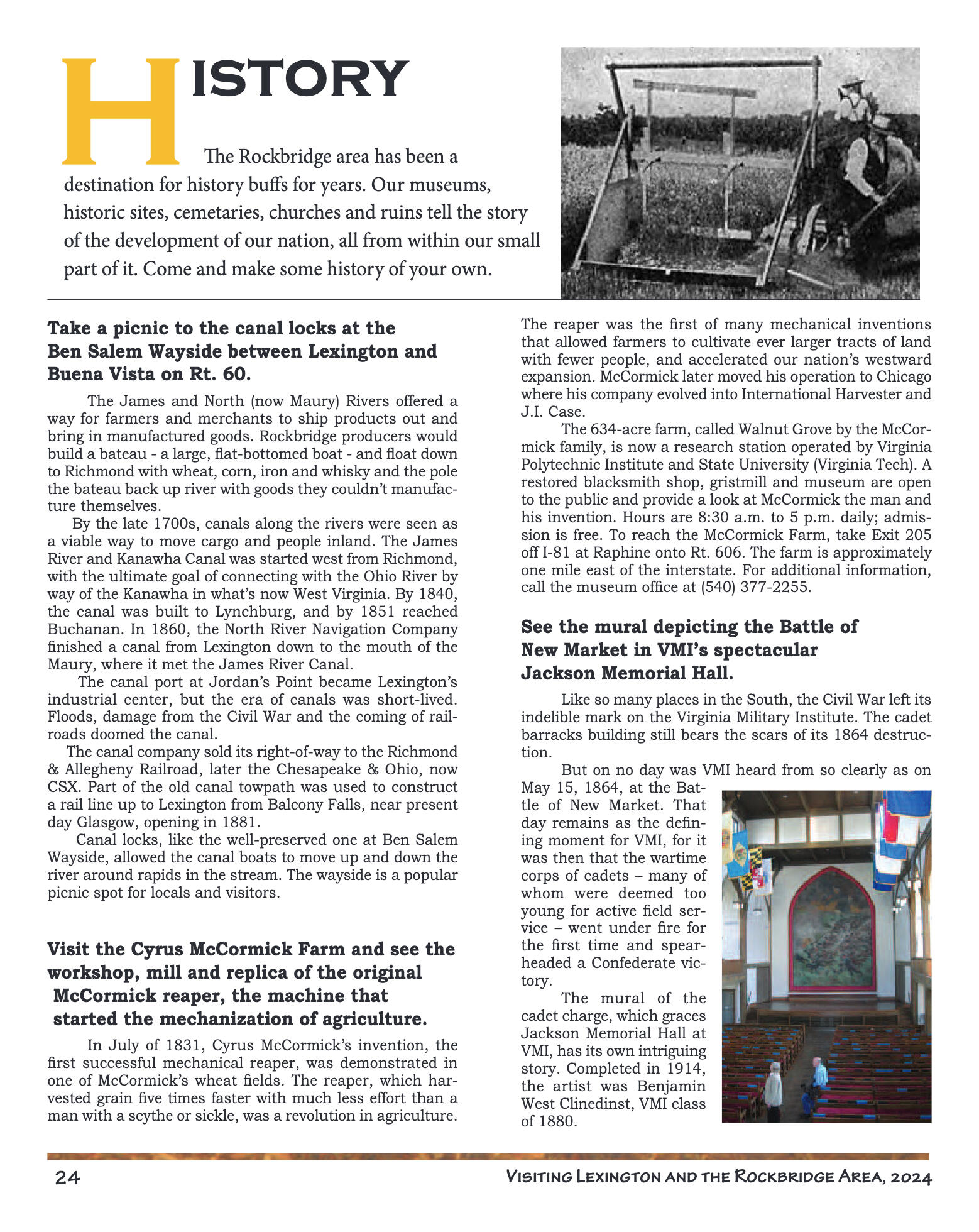
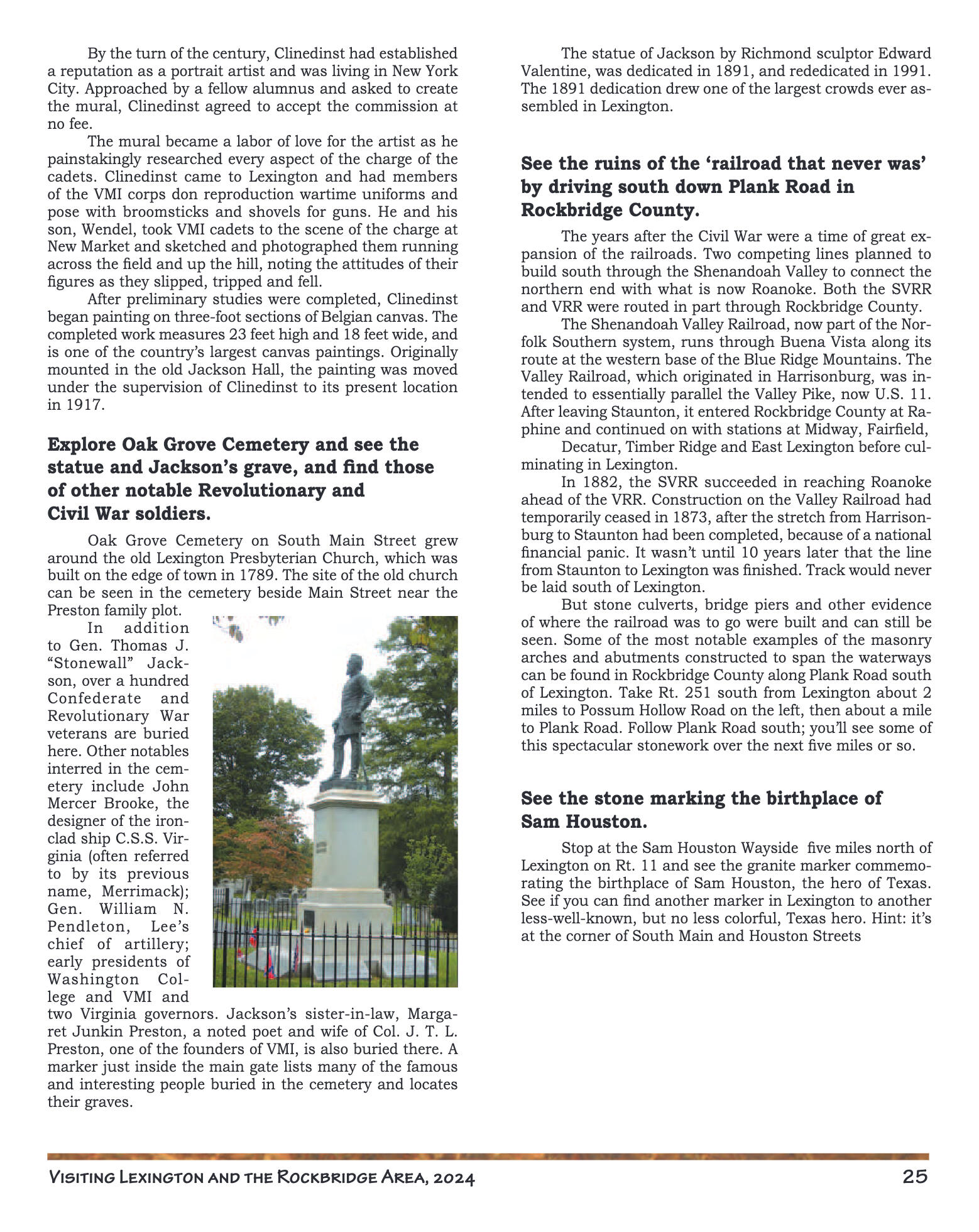
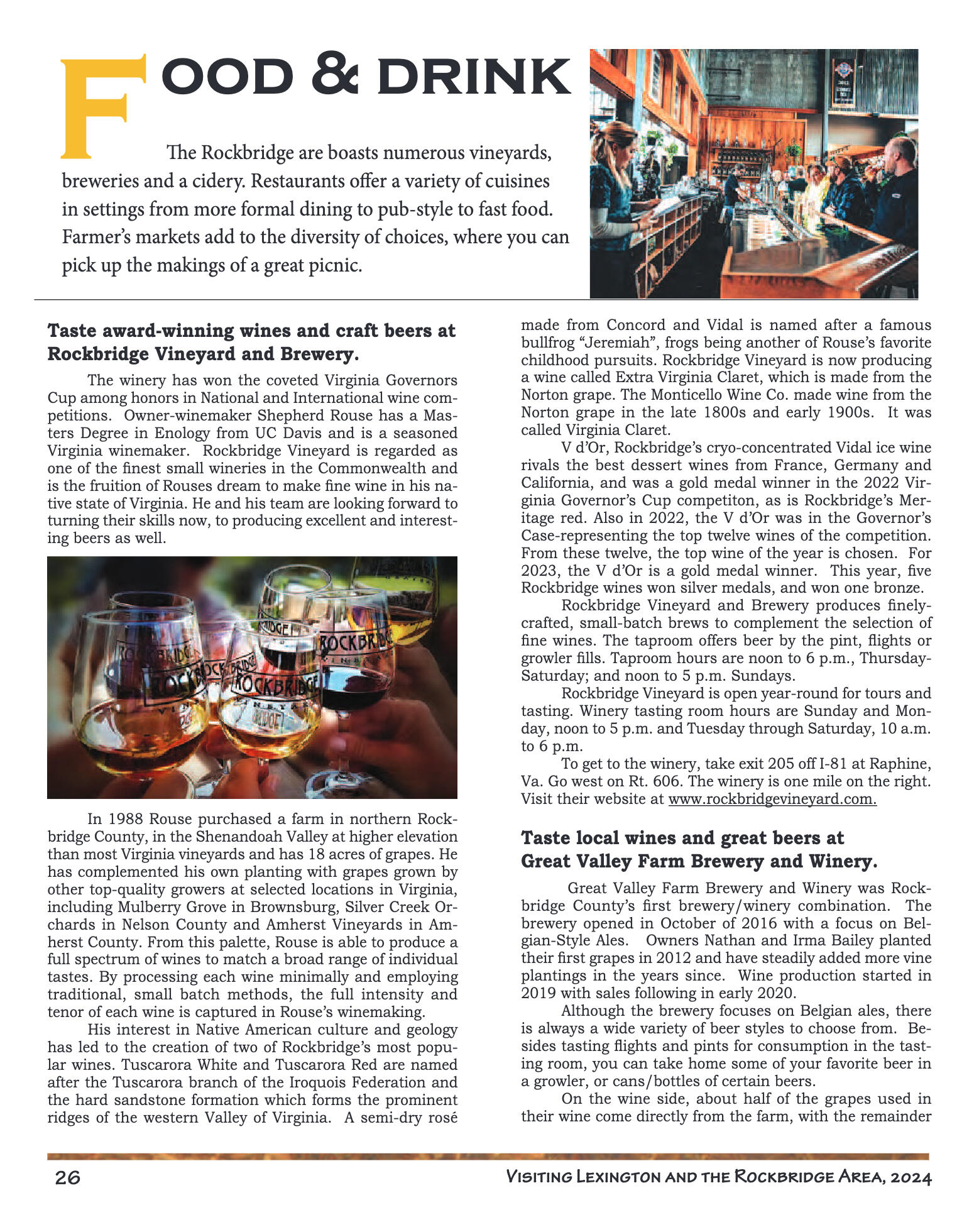
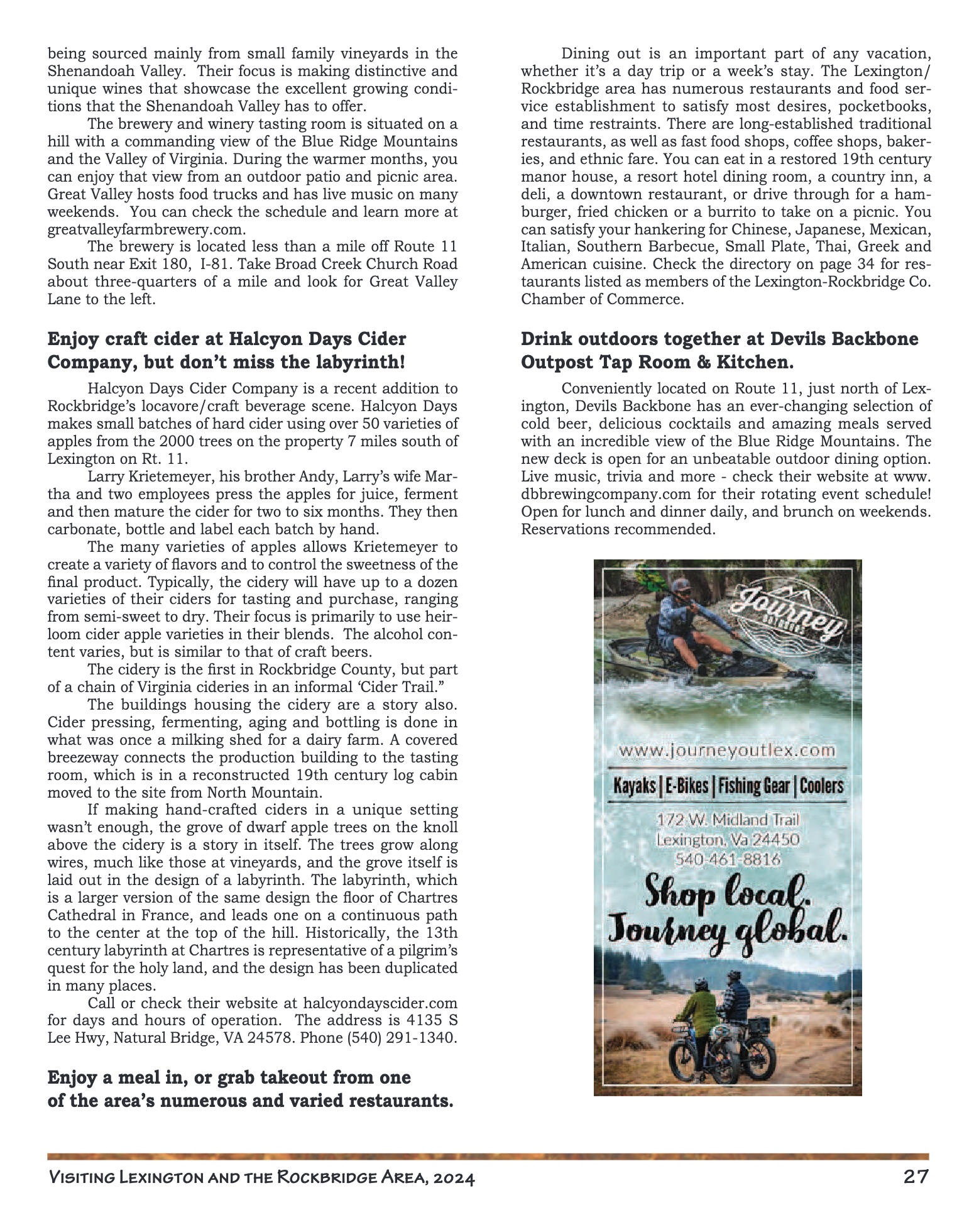
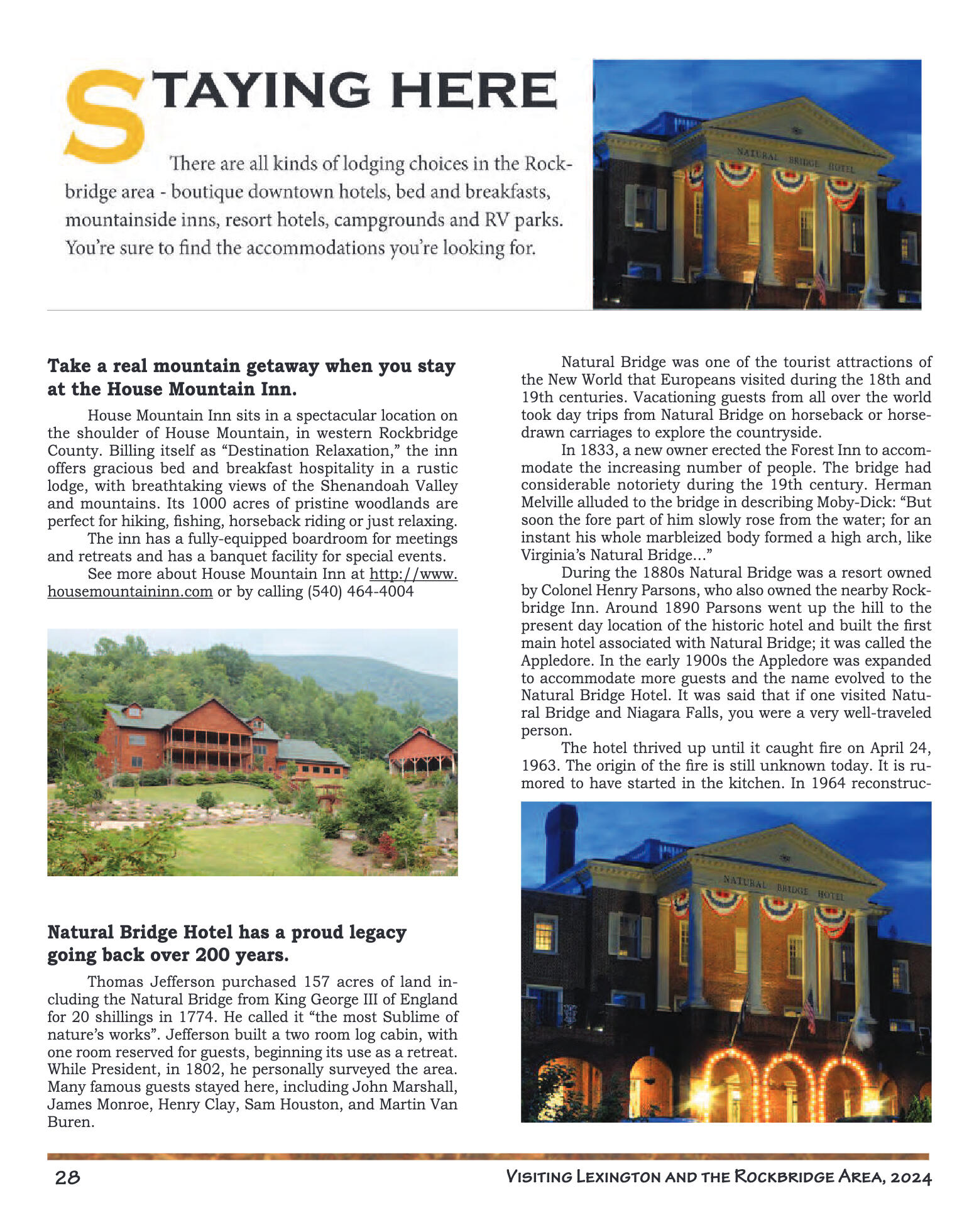
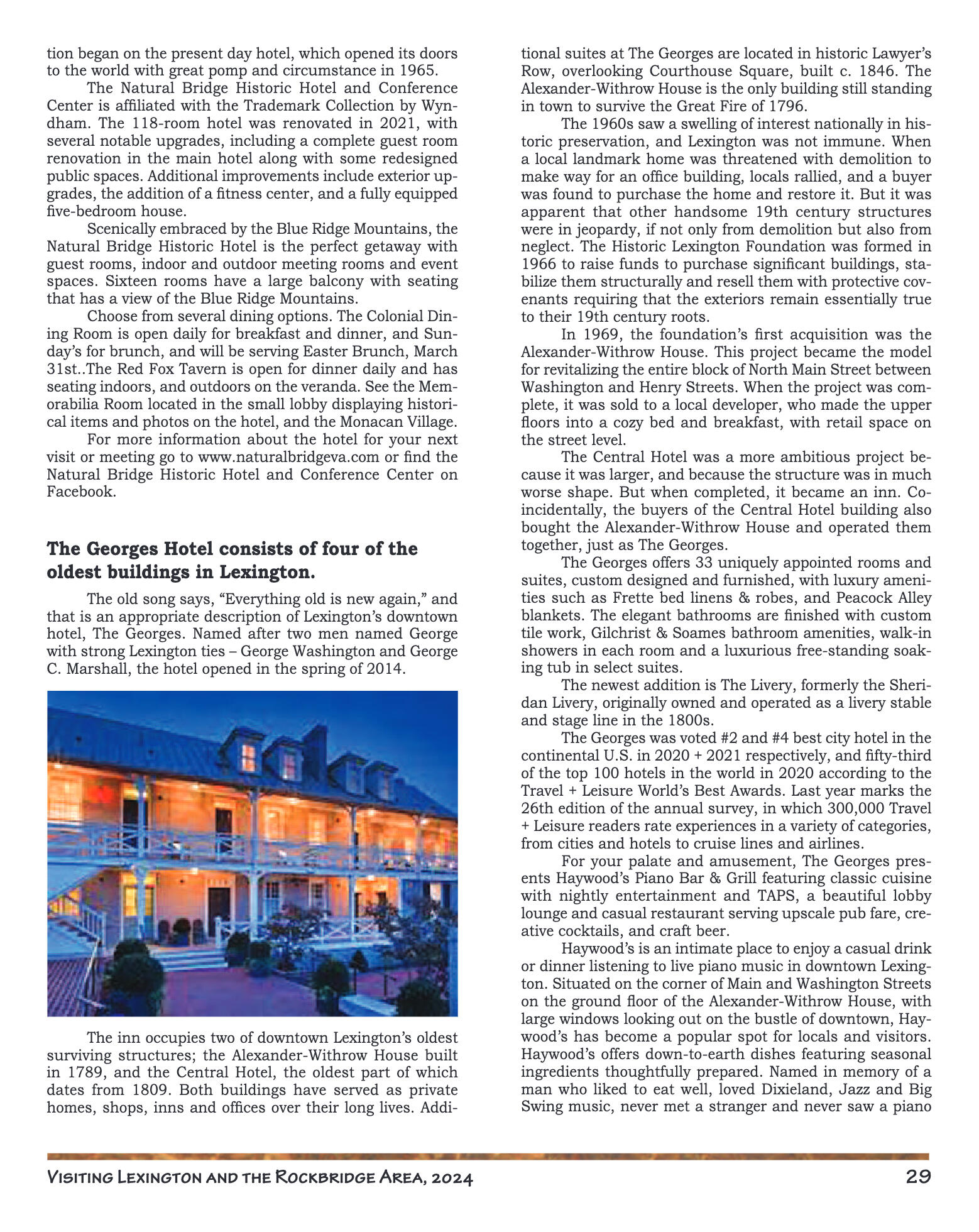
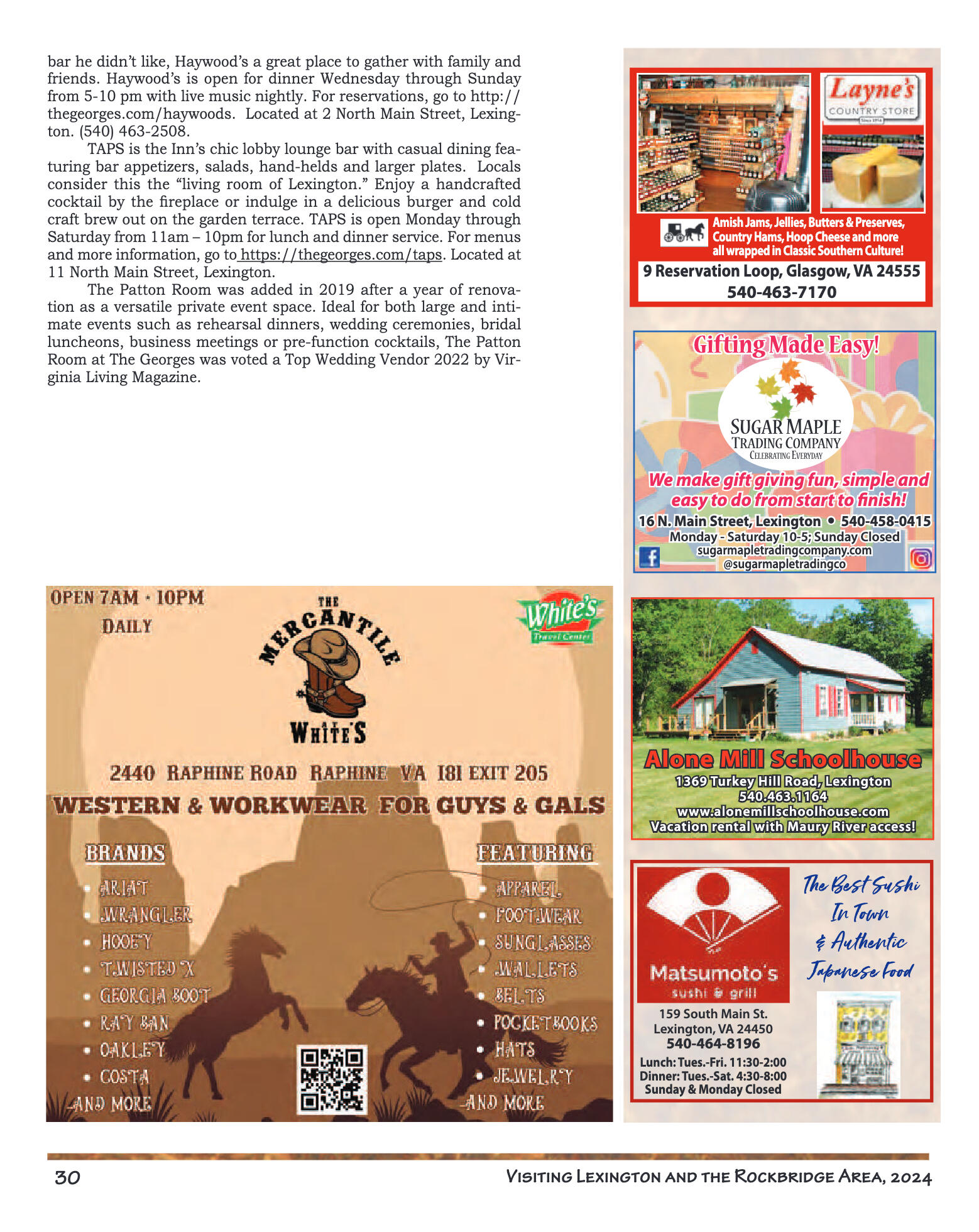
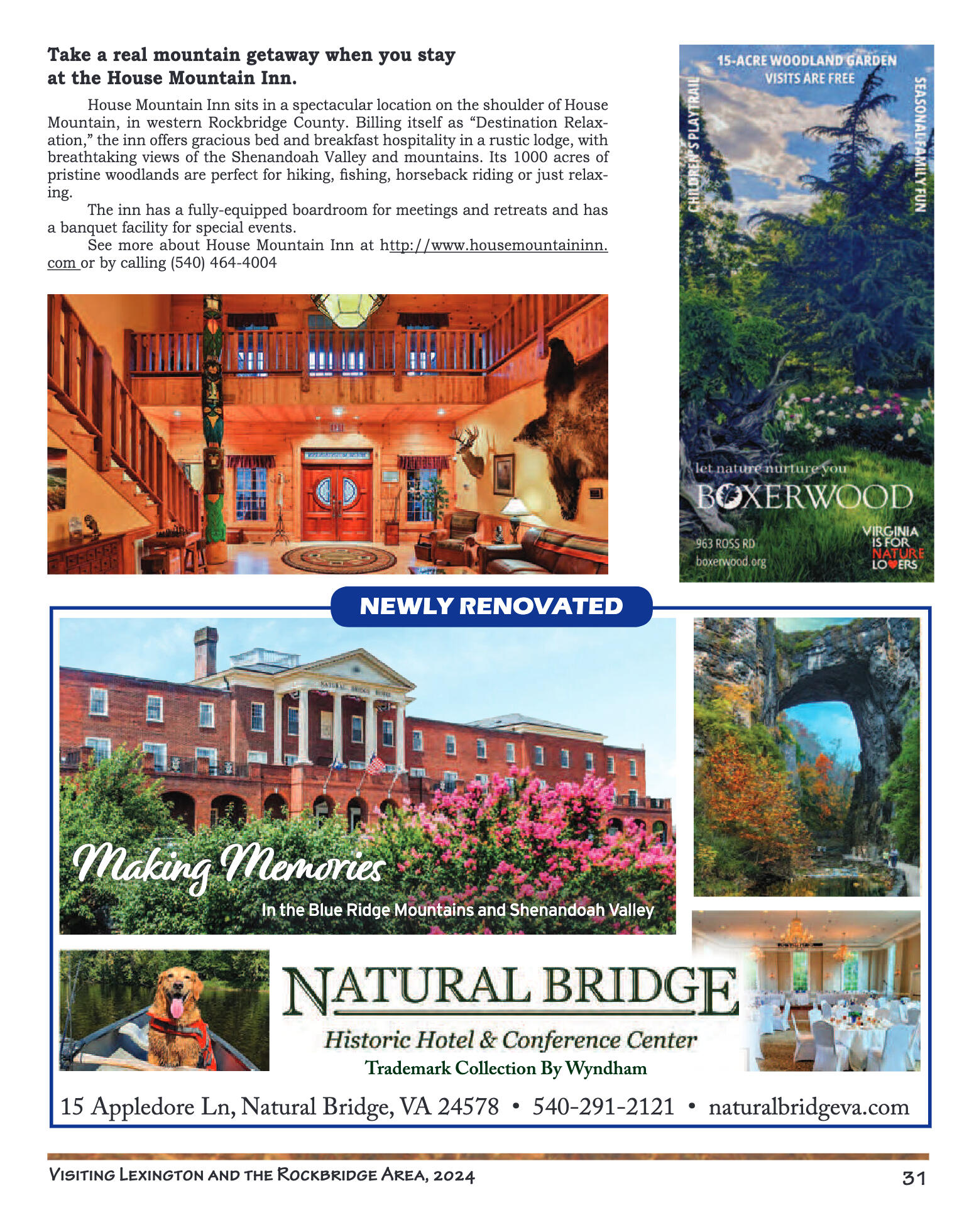
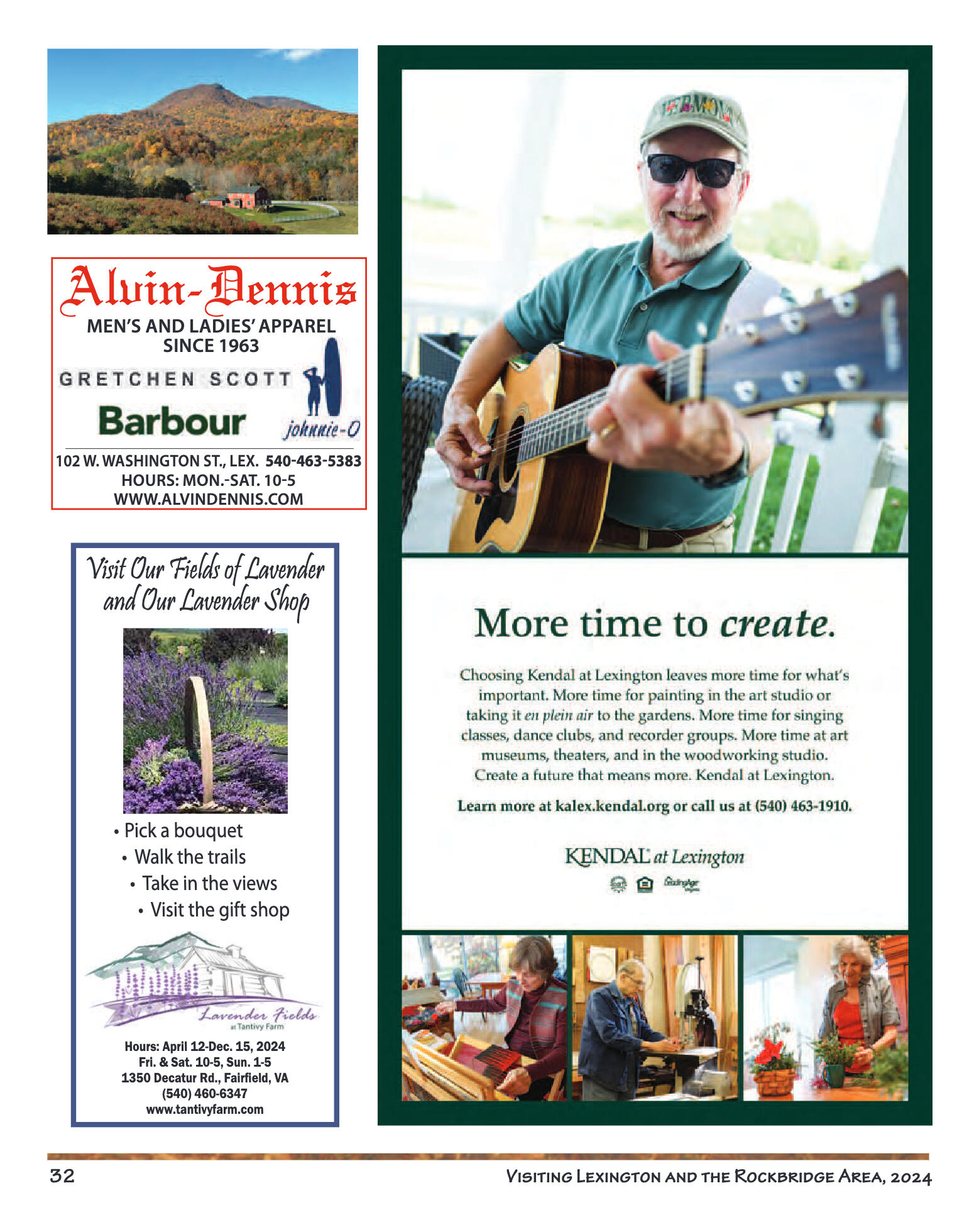
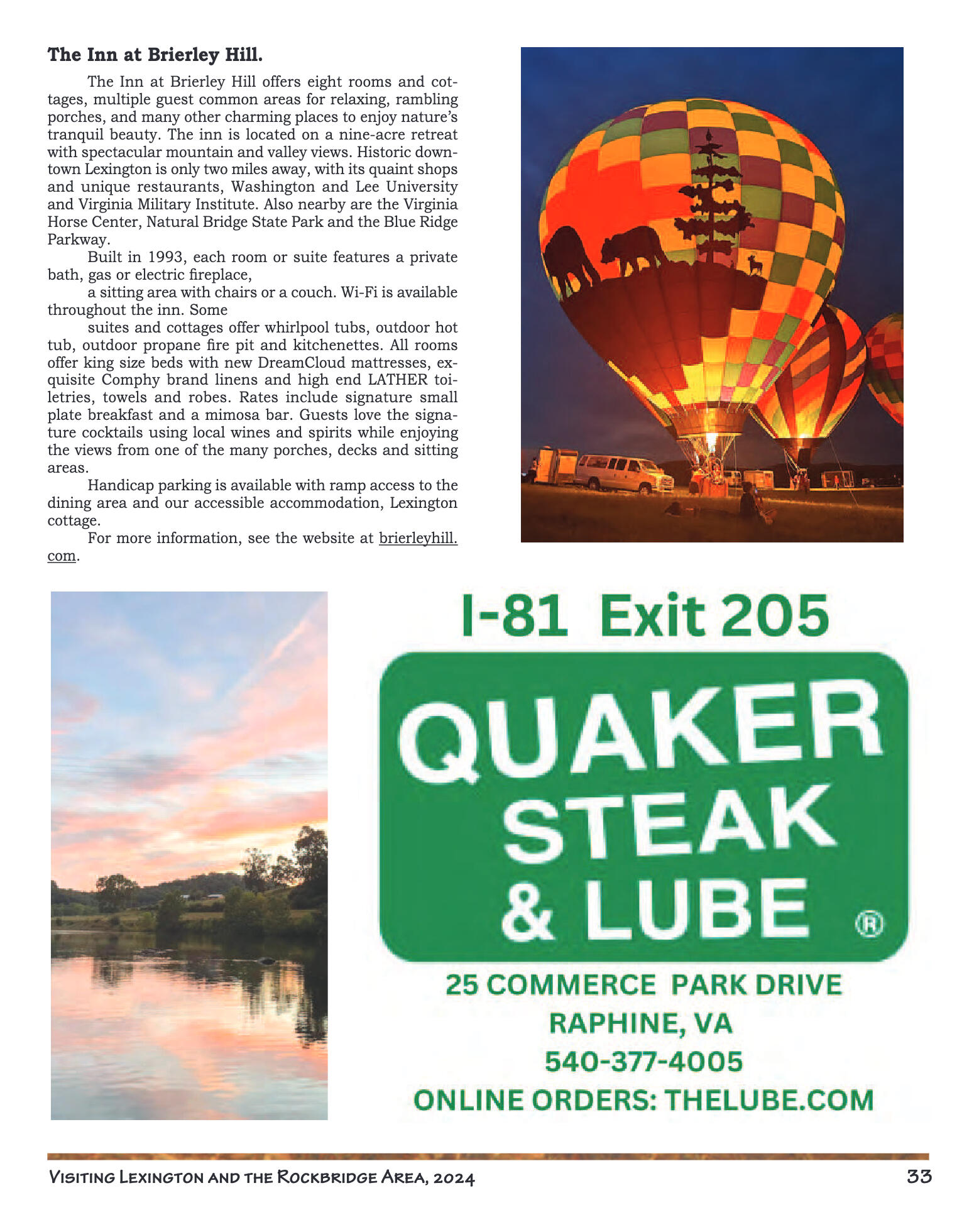
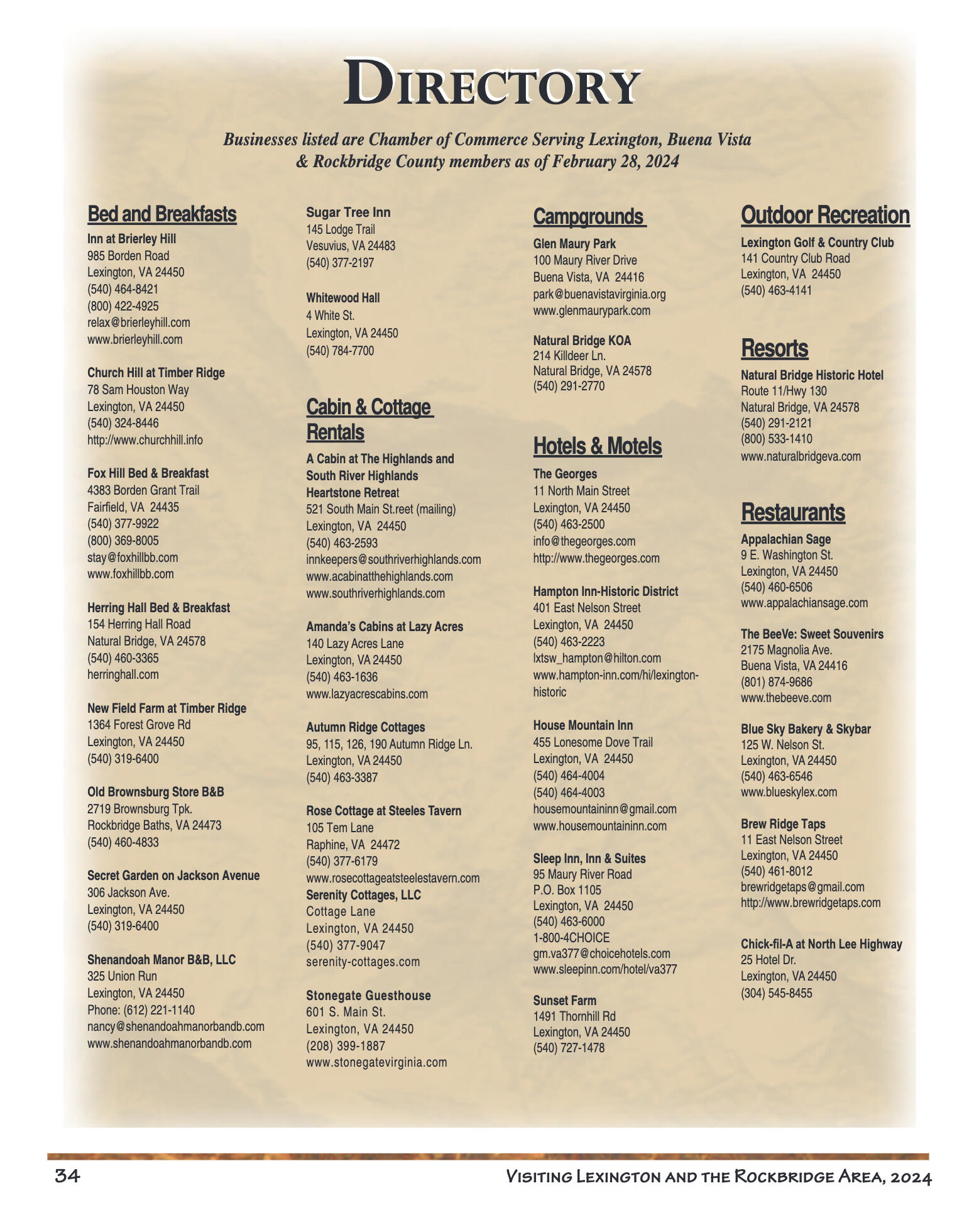
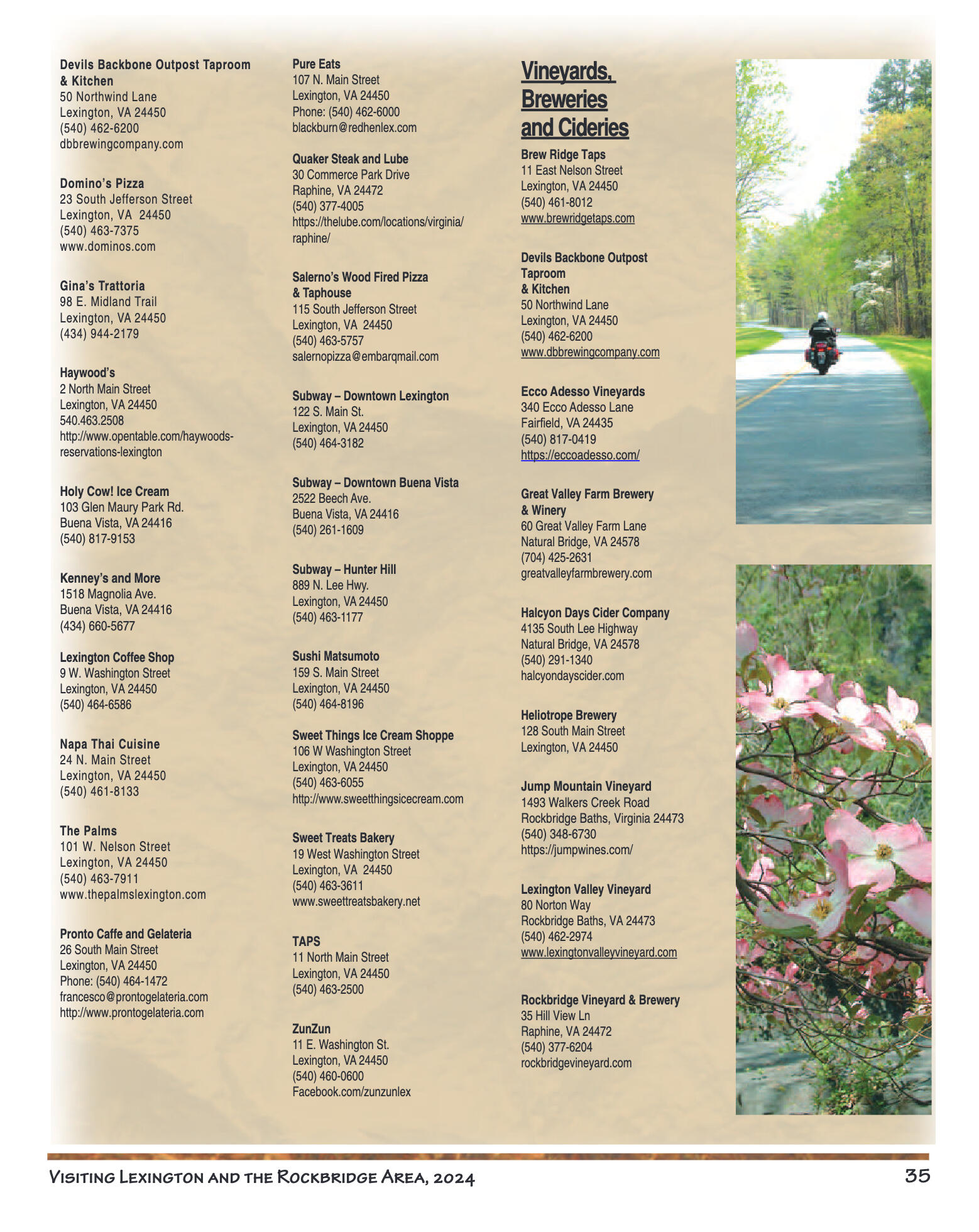
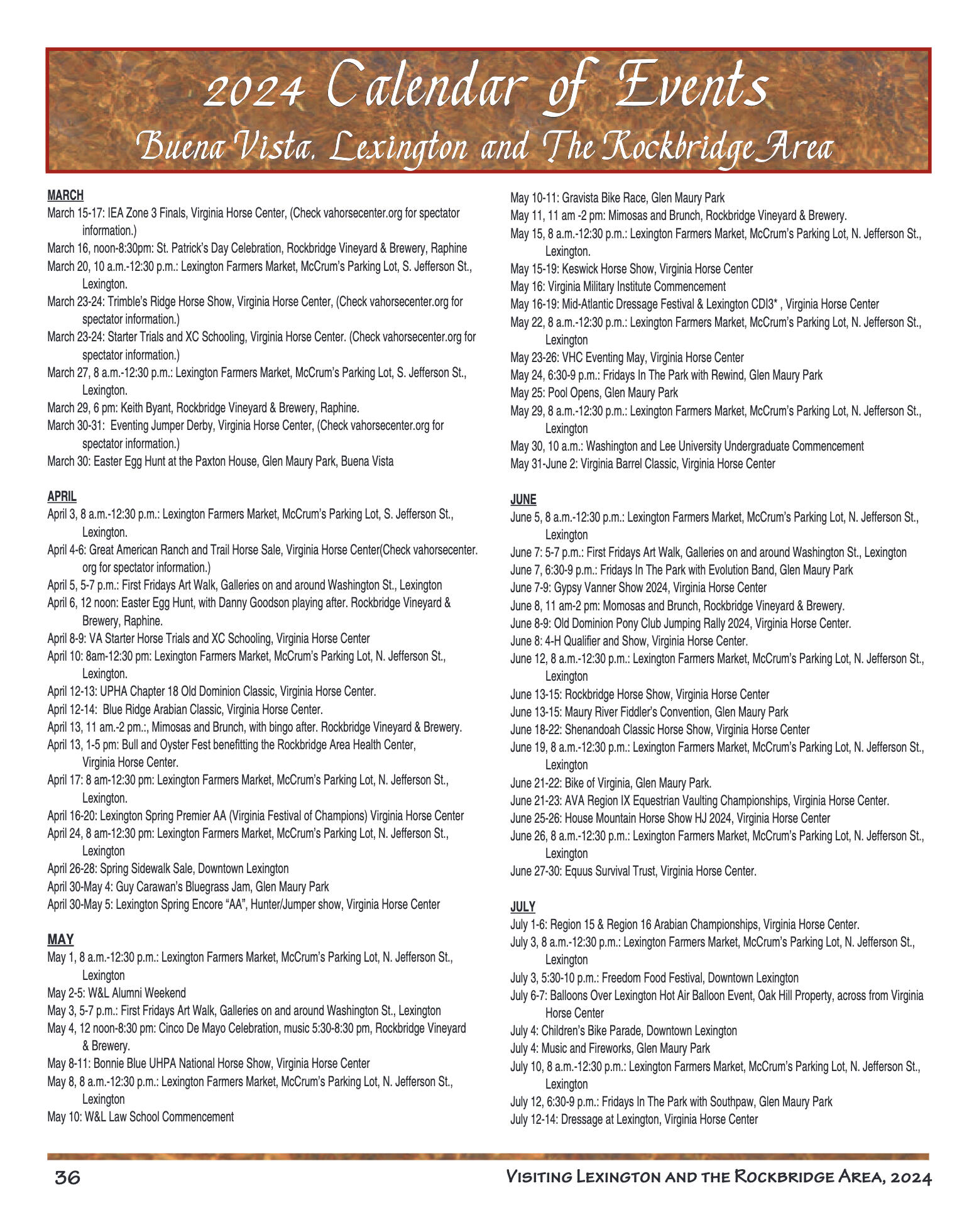
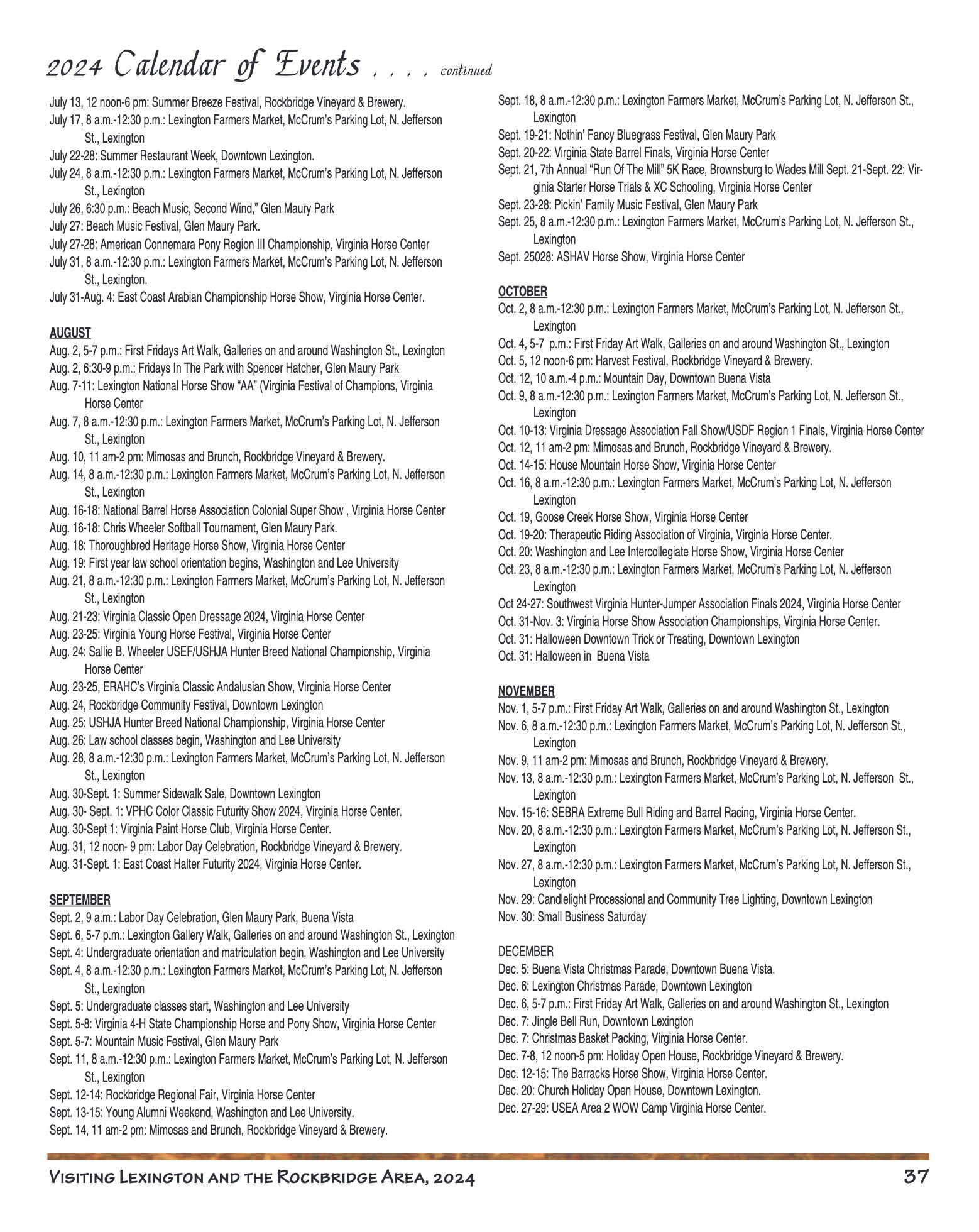
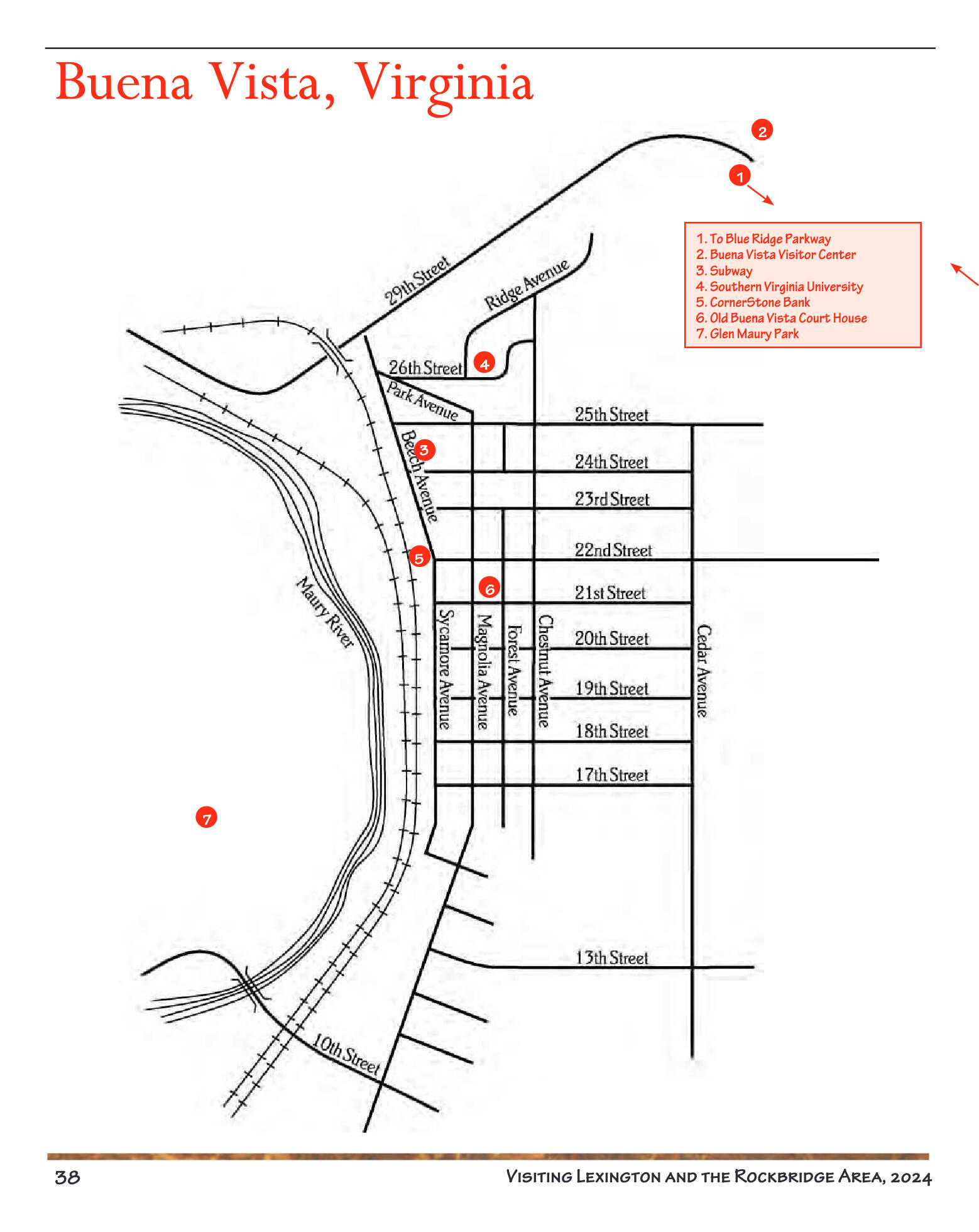
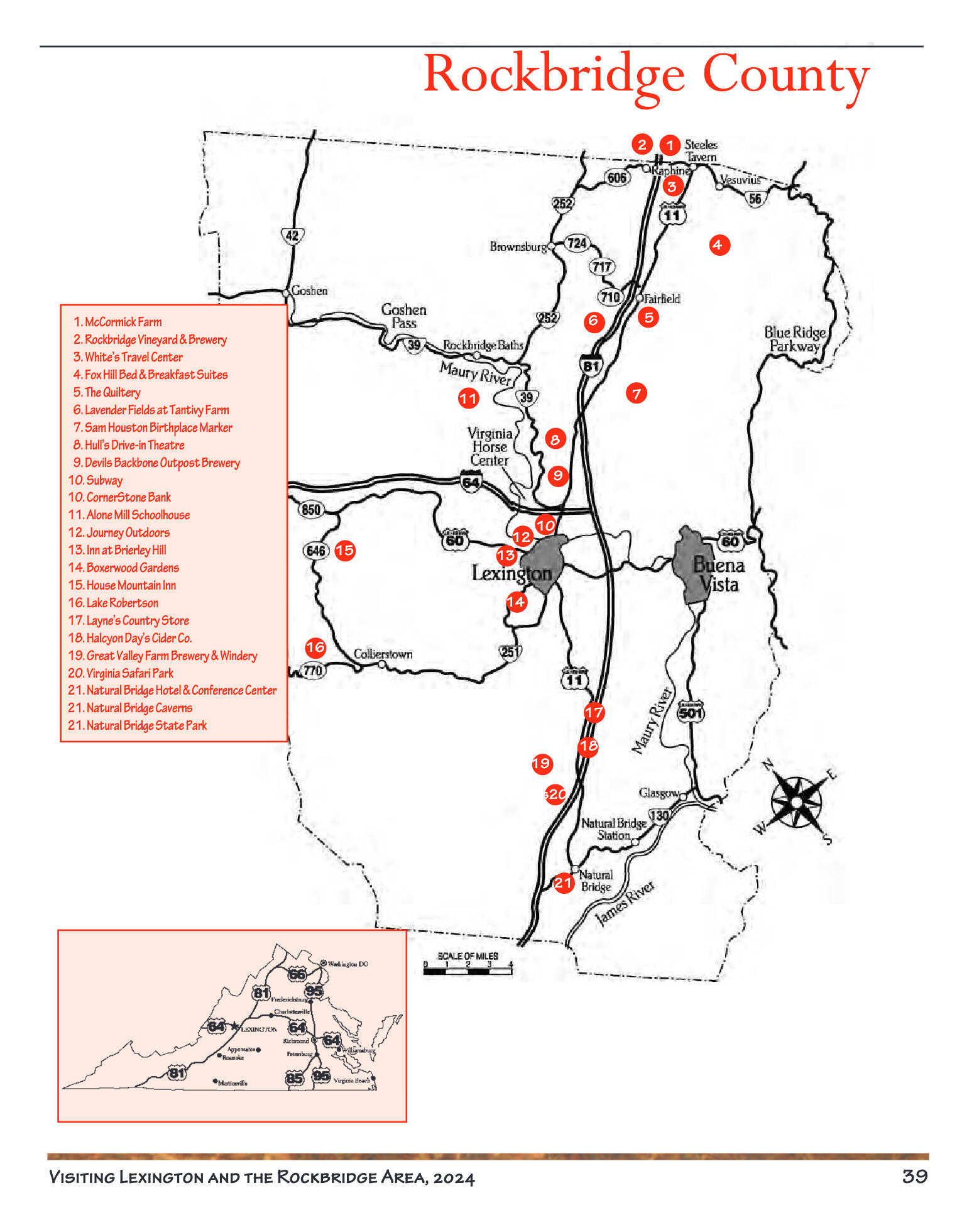
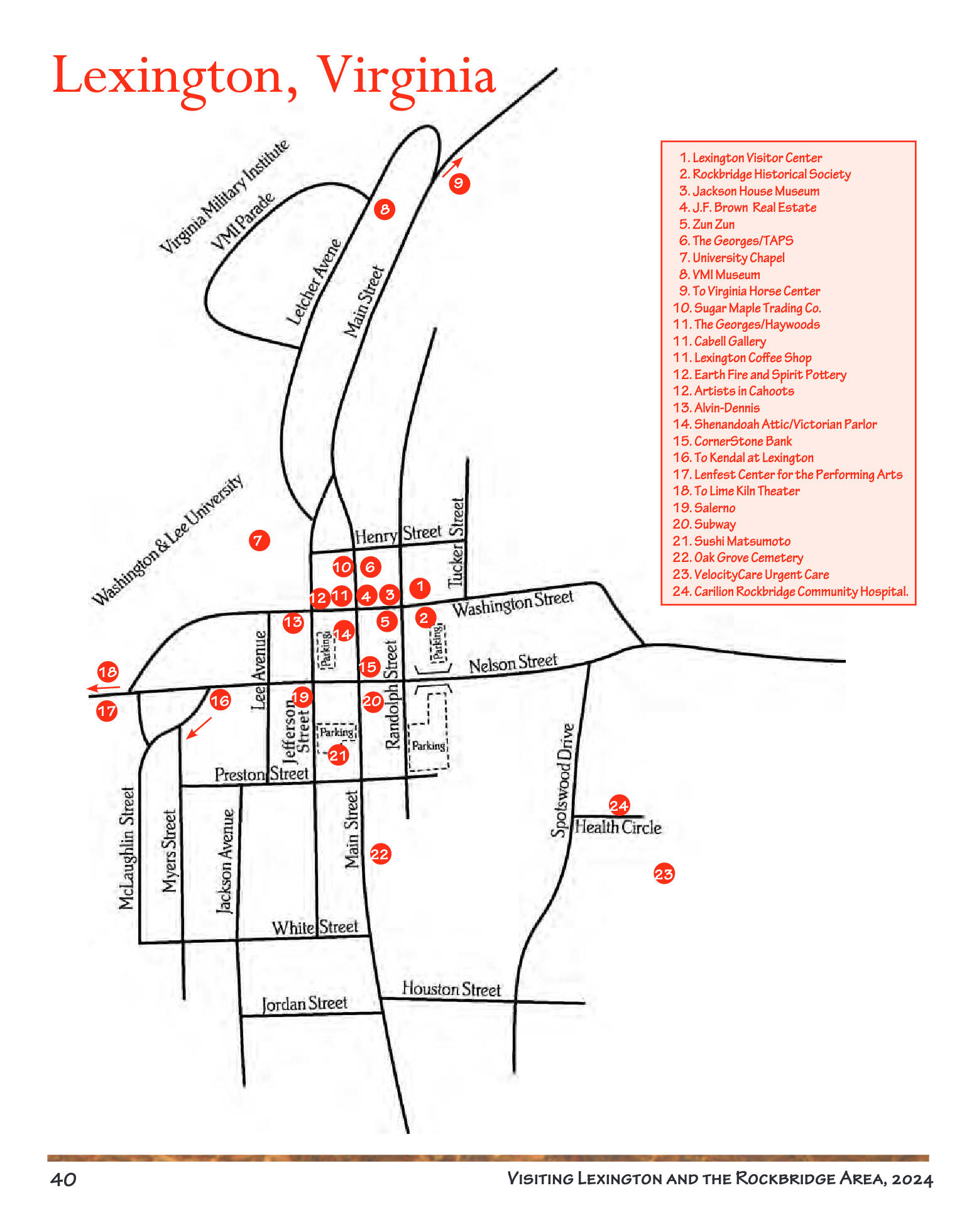
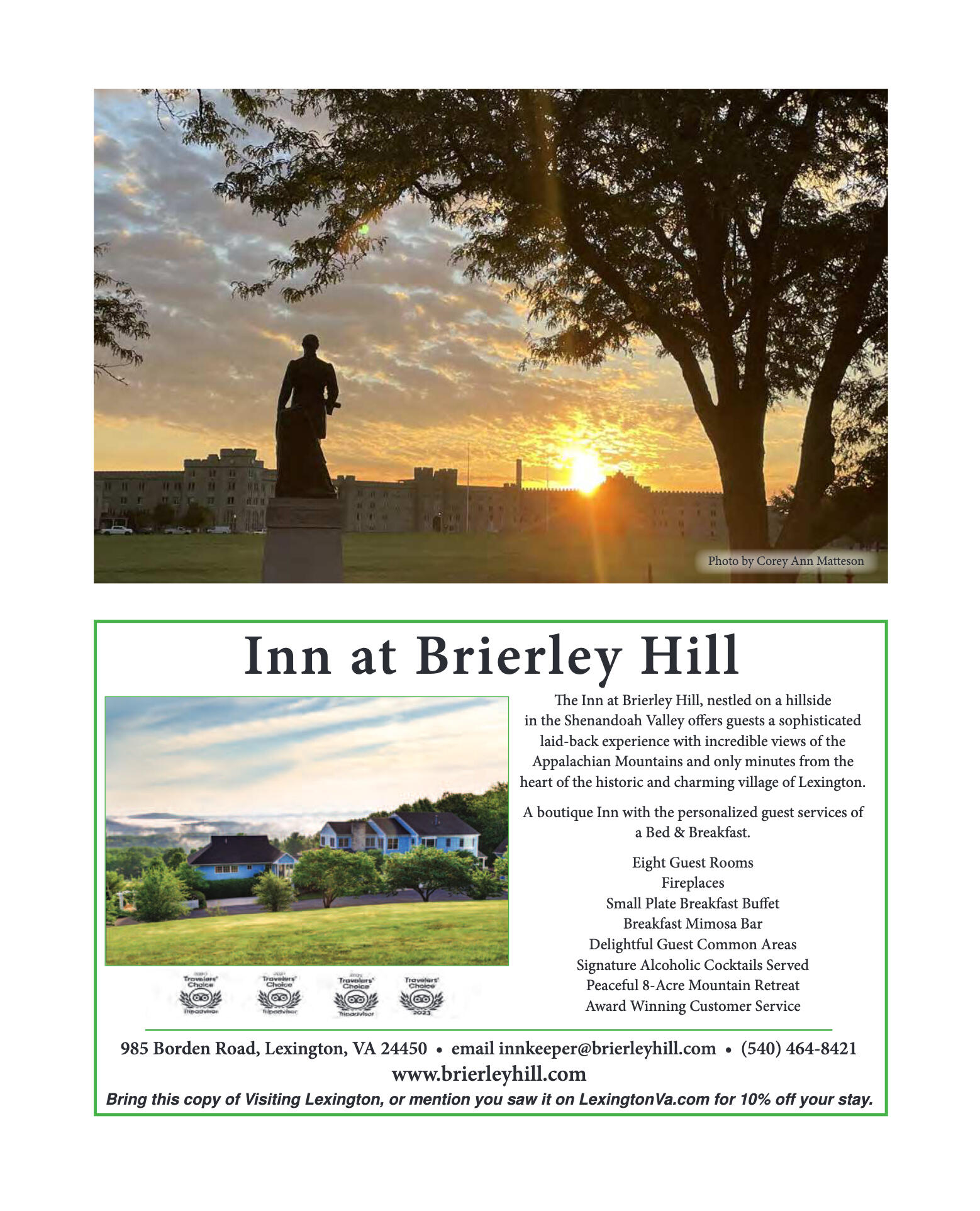
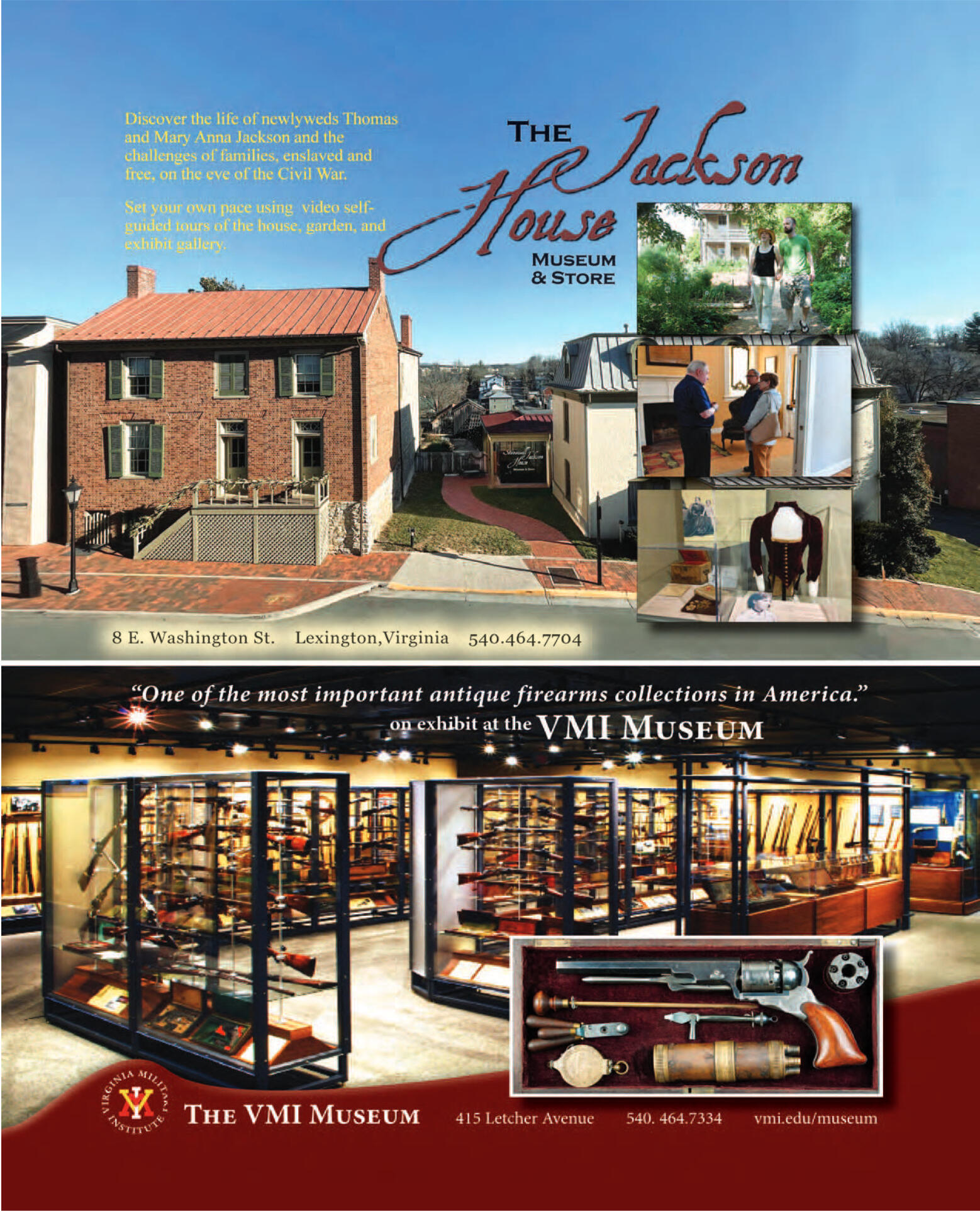
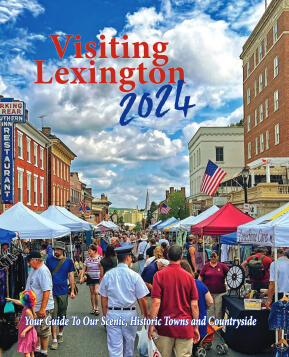
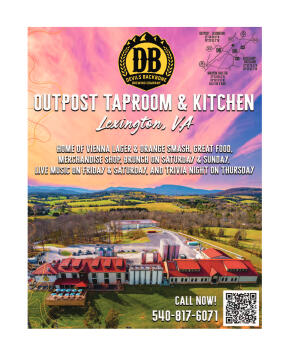
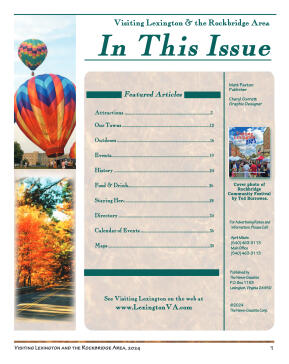
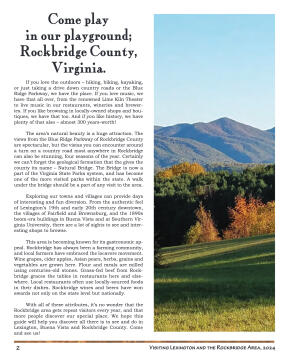
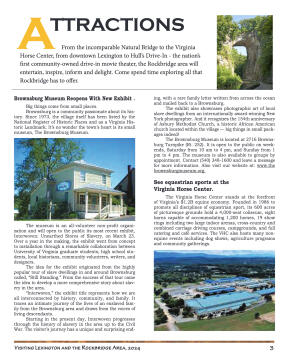
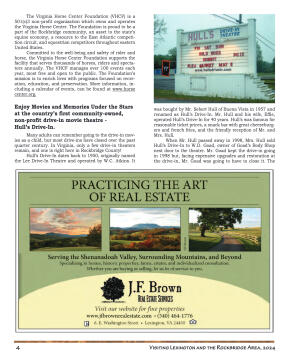
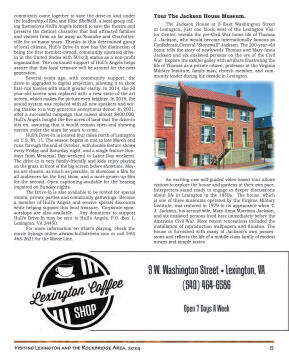
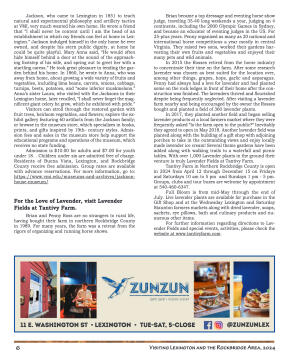
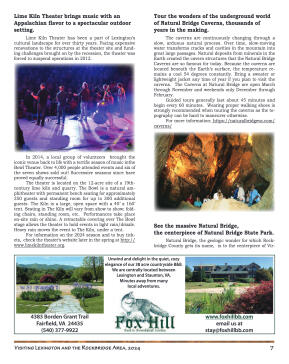
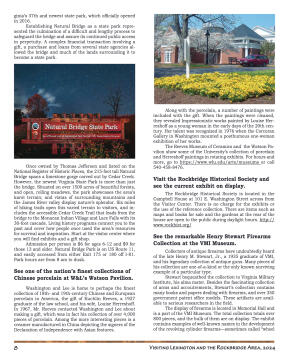
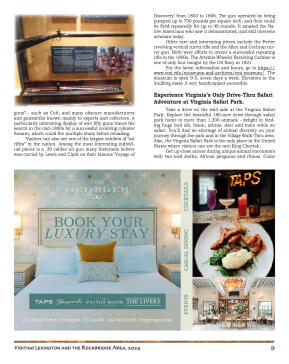
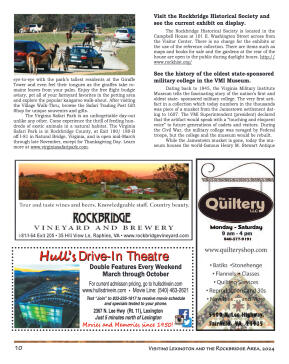
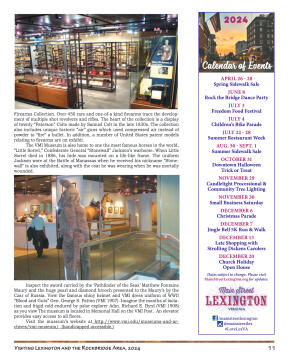
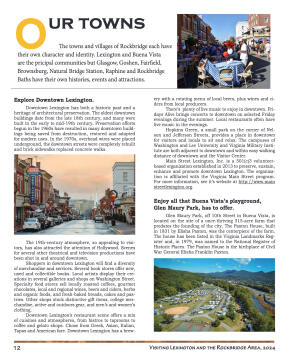
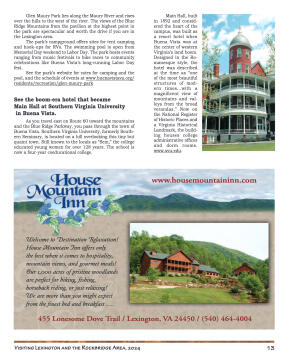
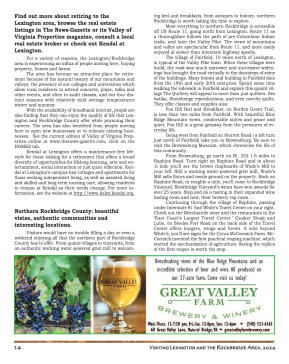
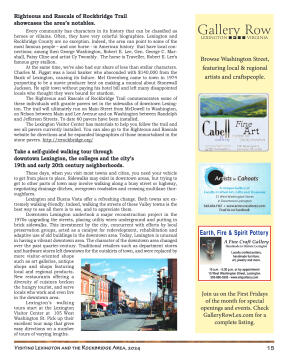
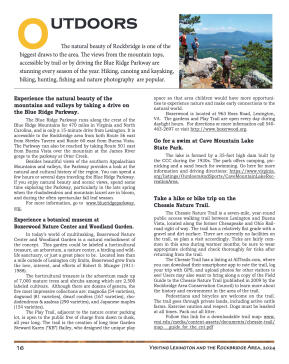
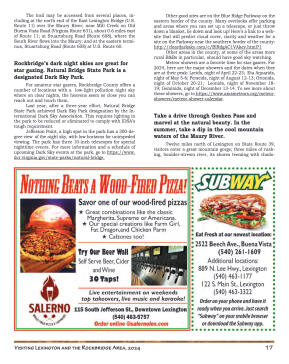
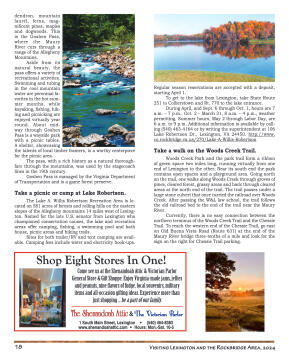
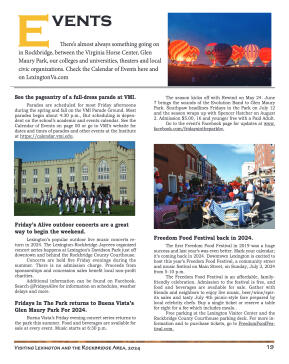

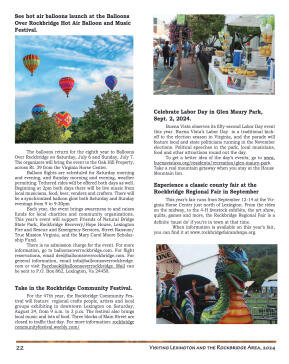
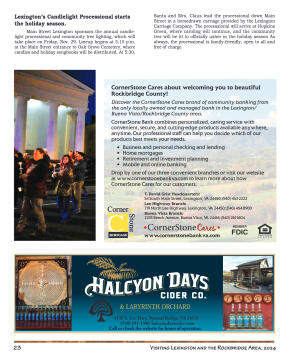
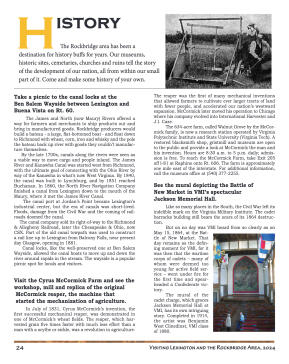
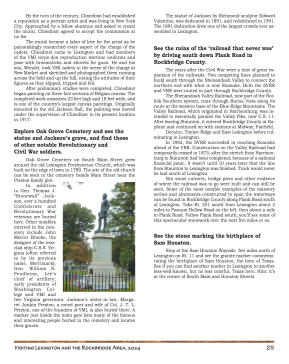
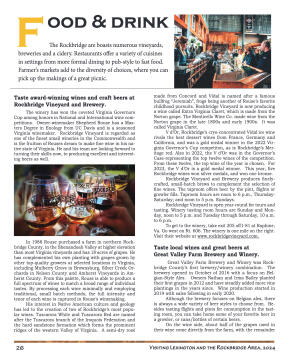

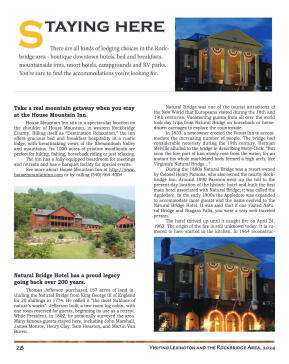
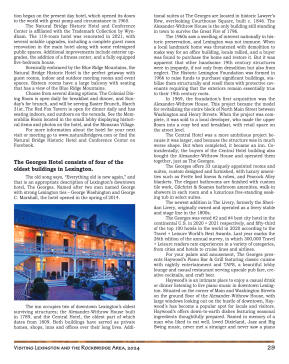
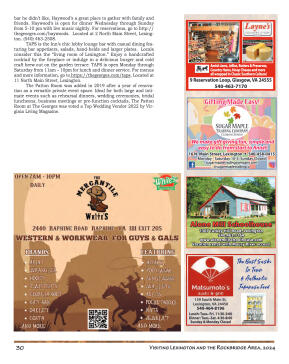
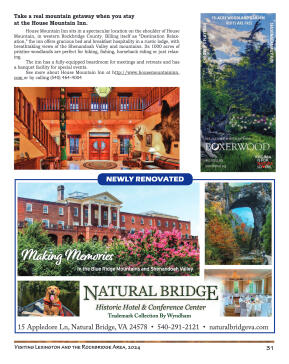
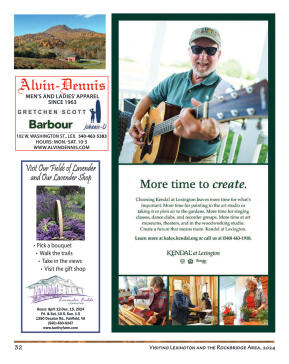
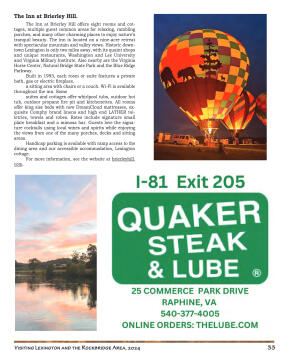
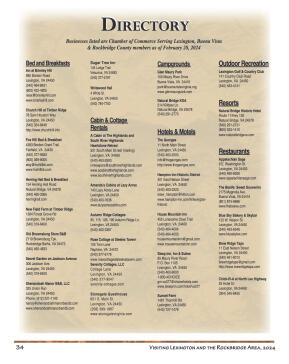
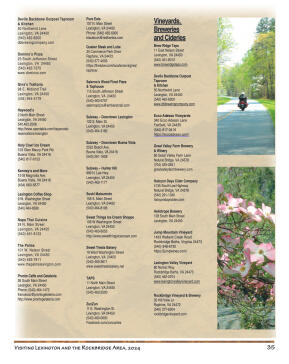
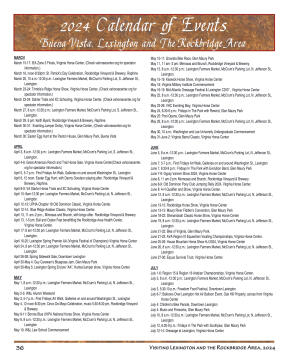
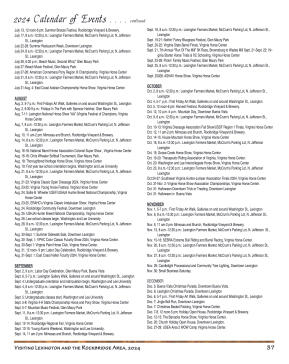
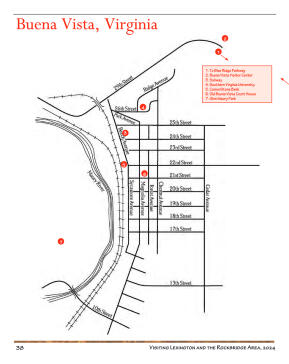
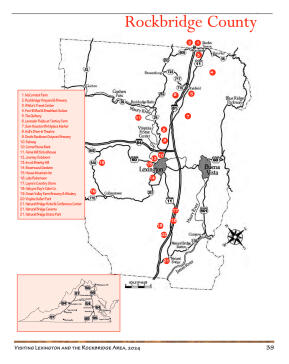
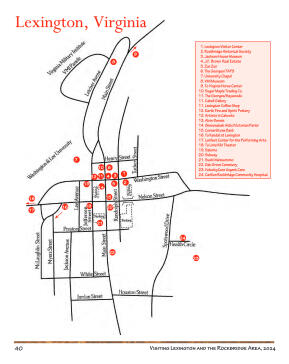
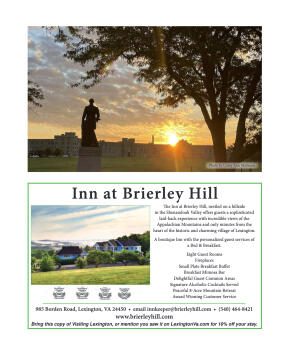
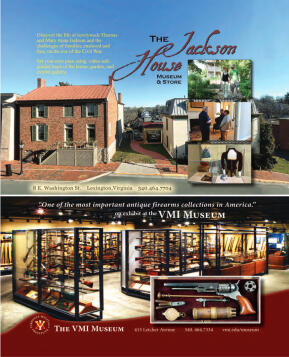
Comment
Comments